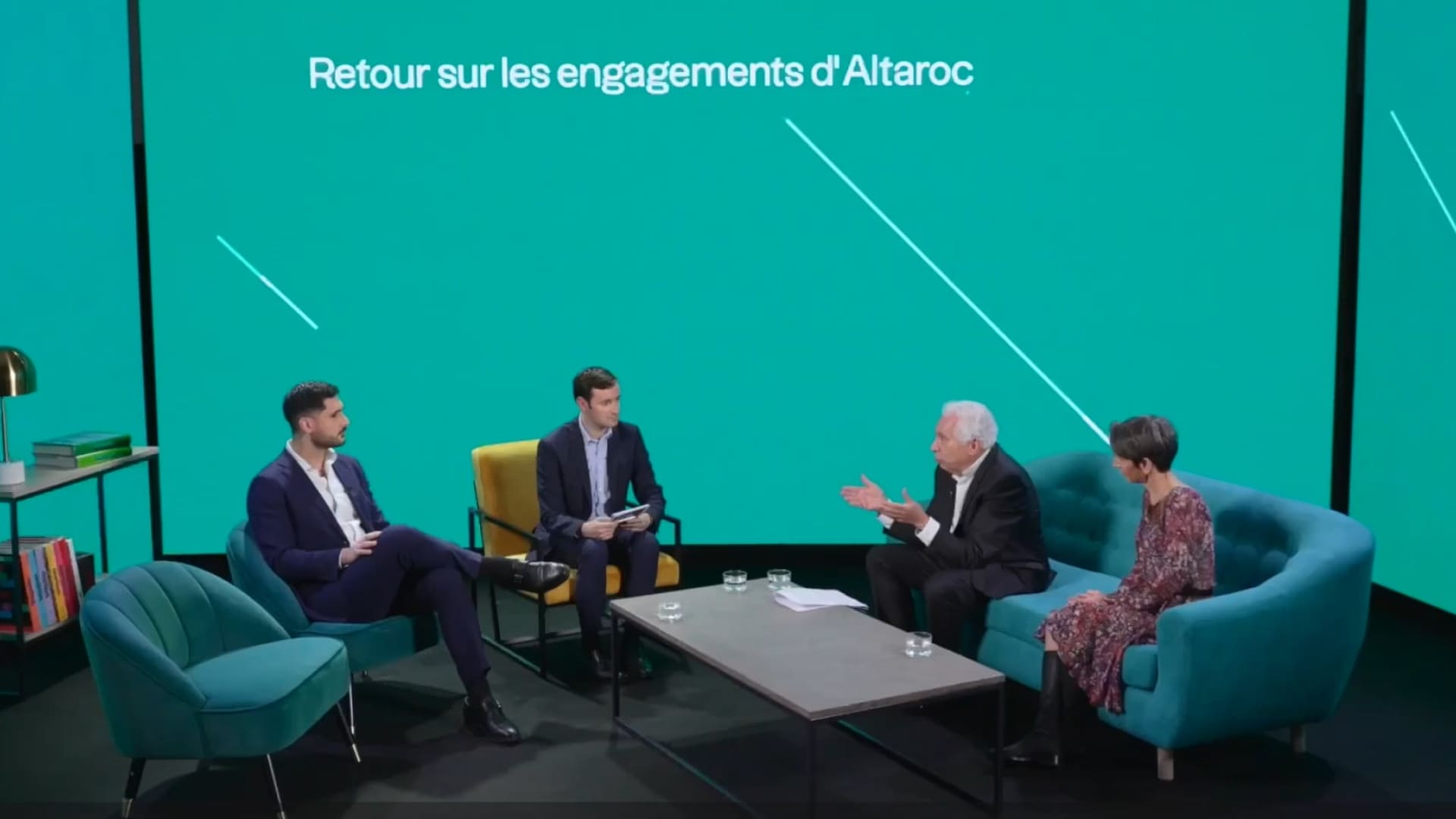Carried interest is a central remuneration mechanism in the private equity world. It is a form of performance-based incentive, aligning the interests of management teams (General Partners - GPs) with those of investors (Limited Partners - LPs). Carried interest generally represents 20% of the capital gains generated by the fund, and is only paid out if a certain level of profitability is achieved.
Definition of Carried Interest
Carried interest is a variable remuneration paid to fund managers, based on the performance of the investment fund. It is neither a fixed salary nor a commission, but a share of profits earned, granted only if a predefined break-even point (known as the hurdle rate) is exceeded.
This incentive mechanism aims to :
- Reward superior financial performance.
- Promoting long-term value creation.
- Ensure alignment of interests between GPs and LPs.
Why is Carried Interest used in Private Equity?
Carried interest is based on fundamental principles specific to equity investments:
- Alignment of interests: GPs only receive a share of profits if investors first obtain a sufficient return on their capital.
- Performance incentive: In the absence of earnings, no carried interest is paid.
- Merit-based compensation: Only outperforming funds generate such compensation for managers.
How Carried Interest works
Carried interest is based on a clearly defined earnings distribution structure, generally organized in several stages.
Classic distribution diagram
- Capital repayment: Investors are entitled to full repayment of their invested capital.
- Hurdle rate achieved: A minimum rate of return (often around 8% annual) must be achieved before any payment is made.
- Capital gains sharing :
- 80% of additional gains for investors.
- 20% for management teams in the form of carried interest.
- 80% of additional gains for investors.
Calculation example
- Capital raised: €100 M
- Final fund value after 10 years: €200m
- Gross capital gain: €100 million
- Hurdle rate: 8%.
Step 1:
LPs recover €100M + guaranteed return.
Step 2:
The surplus is distributed :
- 80% for LPs
- 20% for GPs (carried interest)
Carried Interest conditions and challenges
Hurdle rate: a performance prerequisite
The hurdle rate is a minimum rate of return required before carried interest can be triggered. It provides protection for investors. On average, the hurdle rate is between 7 and 8% a year, but it can be negotiated according to the fund's strategy and profile.
Clawback: an adjustment mechanism
To avoid situations where GPs receive undue remuneration in the event of final underperformance, a clawback clause can be incorporated. This requires managers to repay all or part of the carried interest received if the fund's final results do not meet expectations.
Example: If the fund achieves excellent performance on the first disposals but suffers losses on the last, the GPs will have to return part of the carried interest already paid.
Taxation of Carried Interest
The tax treatment of carried interest varies from one jurisdiction to another. In France, this mechanism can, under certain conditions, benefit from a favorable tax regime. In particular, this presupposes that managers take a significant economic risk, through a personal financial commitment to the fund.
Conclusion
Carried interest is a fundamental driver of performance and attractiveness for private equity funds. It is a powerful motivator for management teams, while offering a guarantee of reliability for investors. By regulating the distribution of capital gains, this mechanism helps to establish a lasting relationship of trust between all stakeholders.




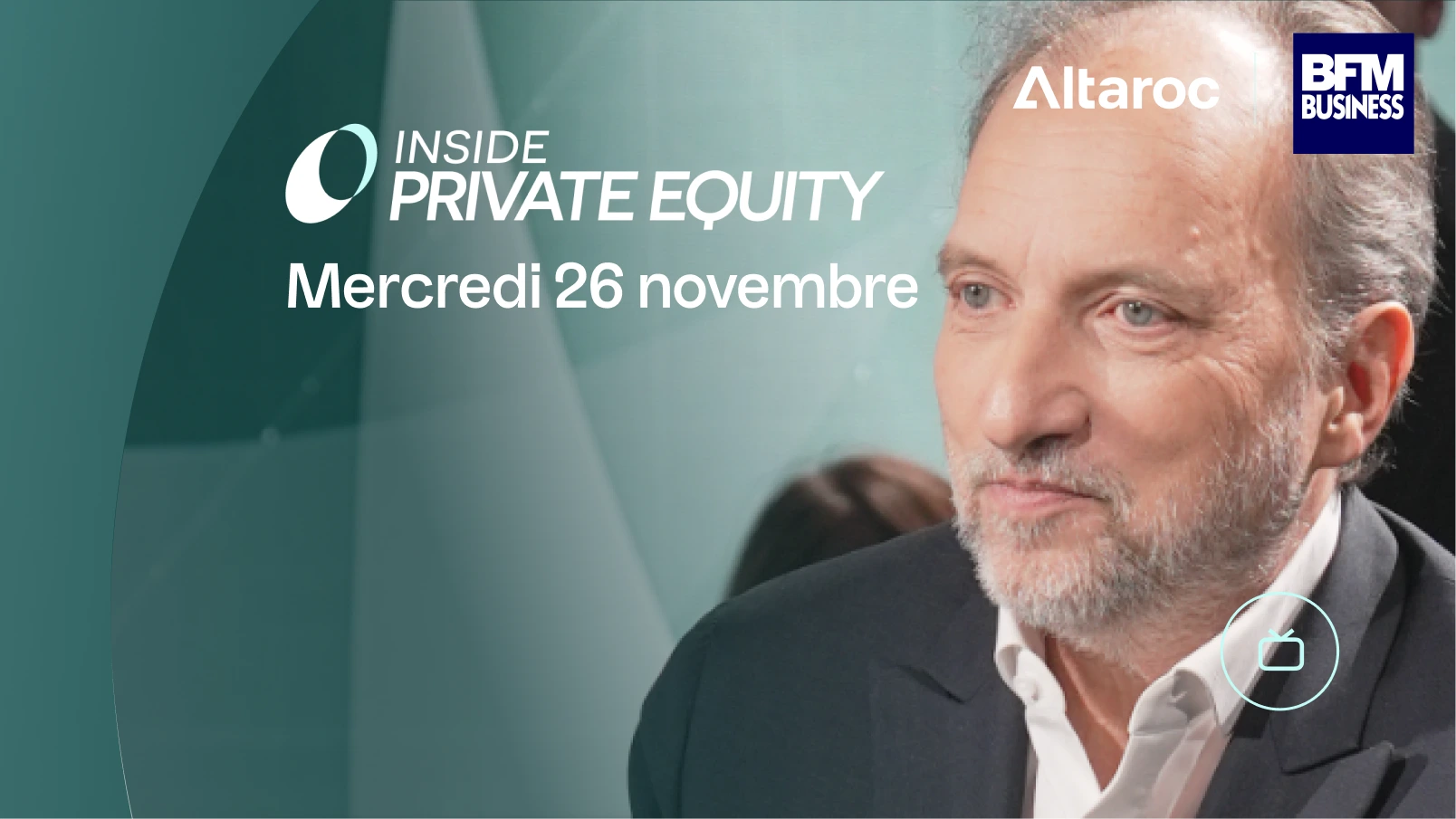
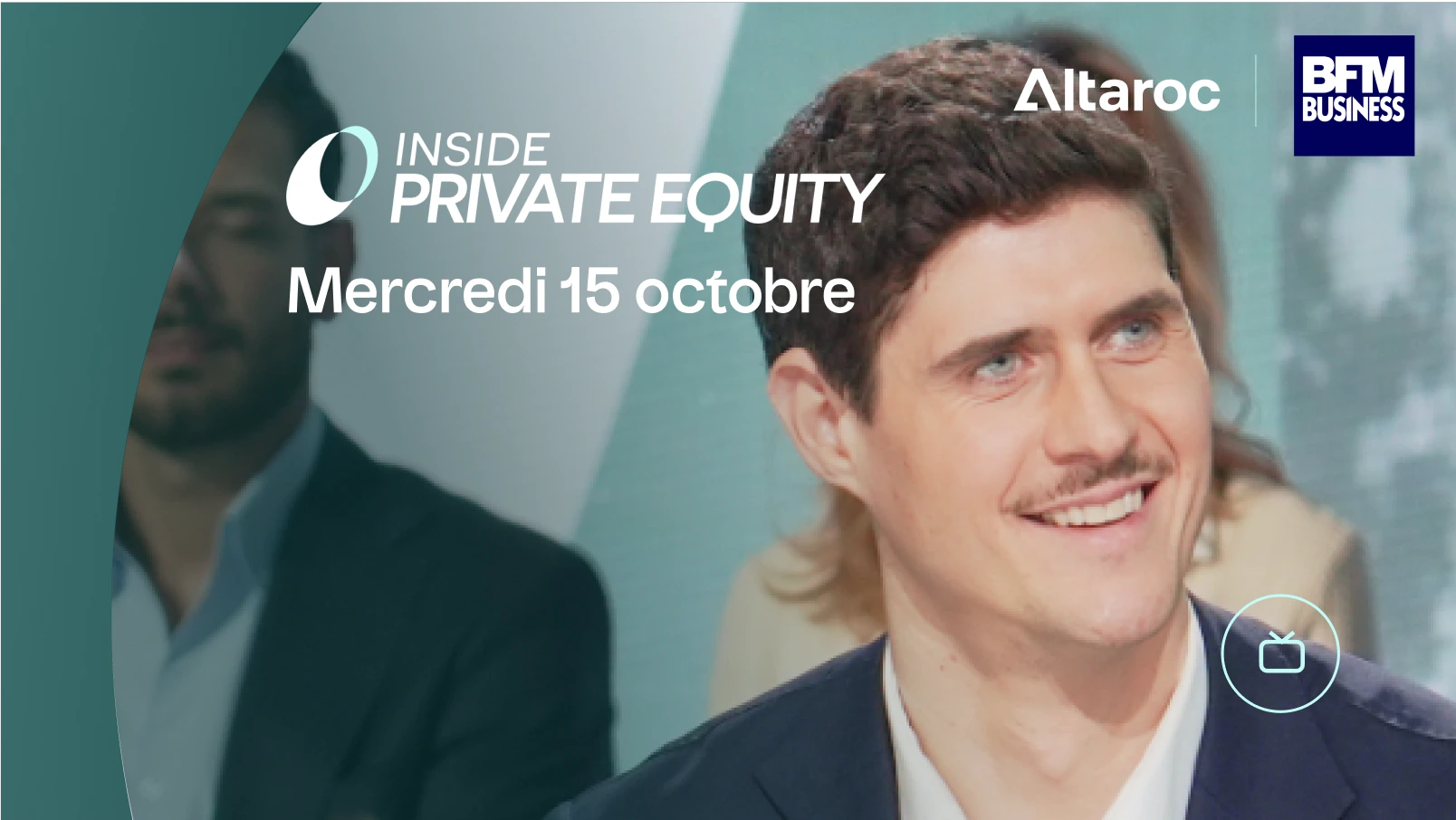
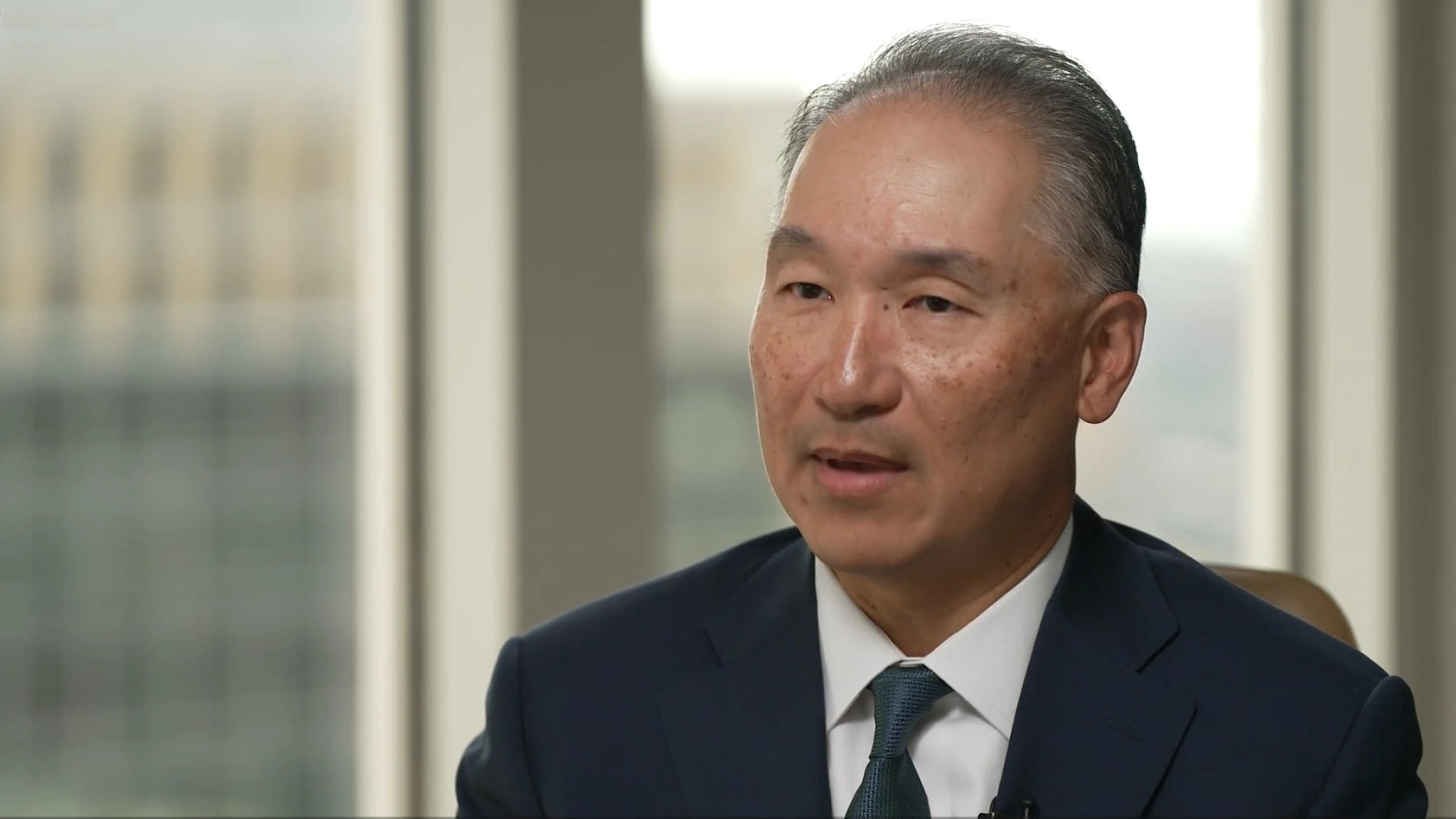

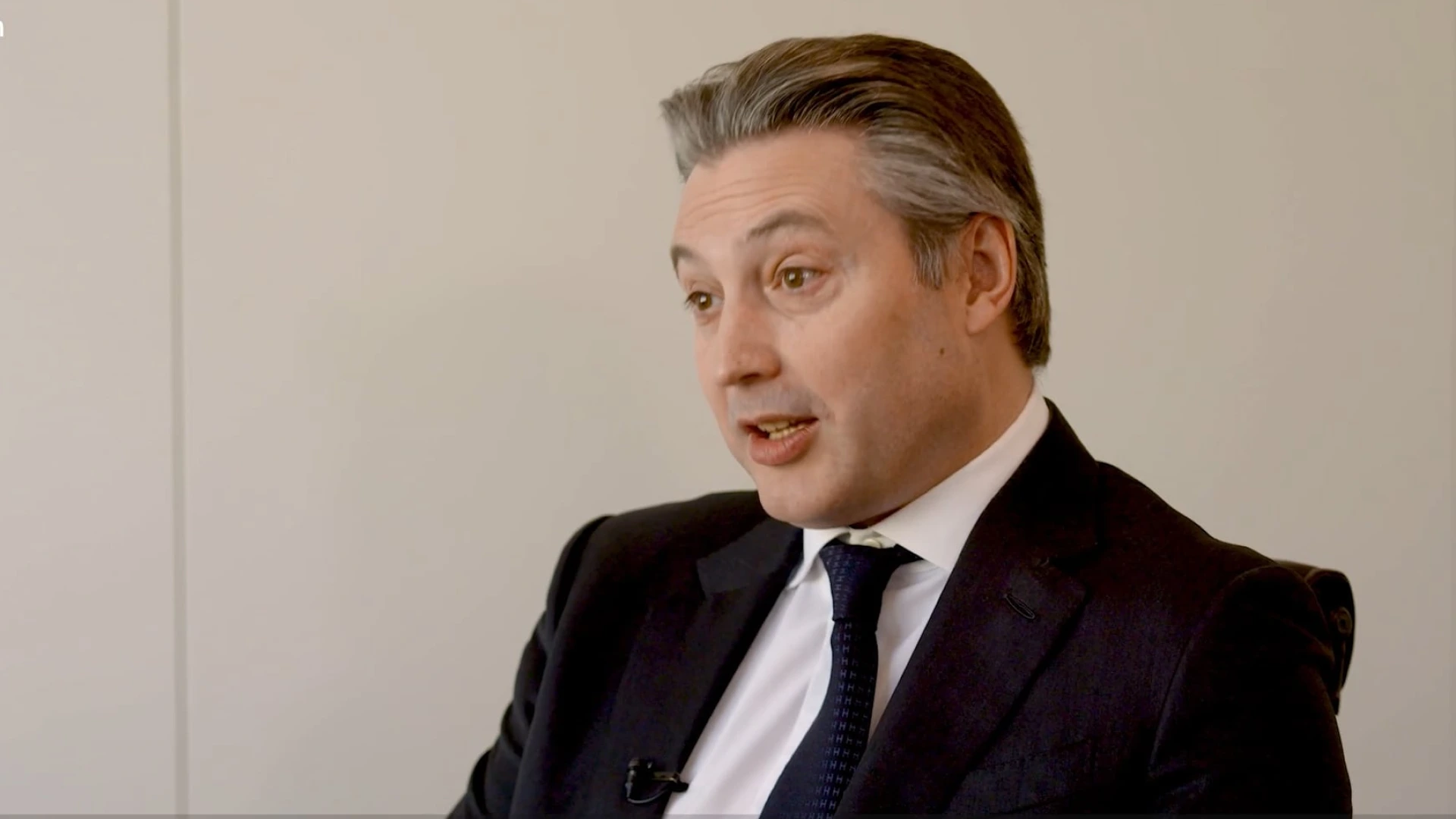
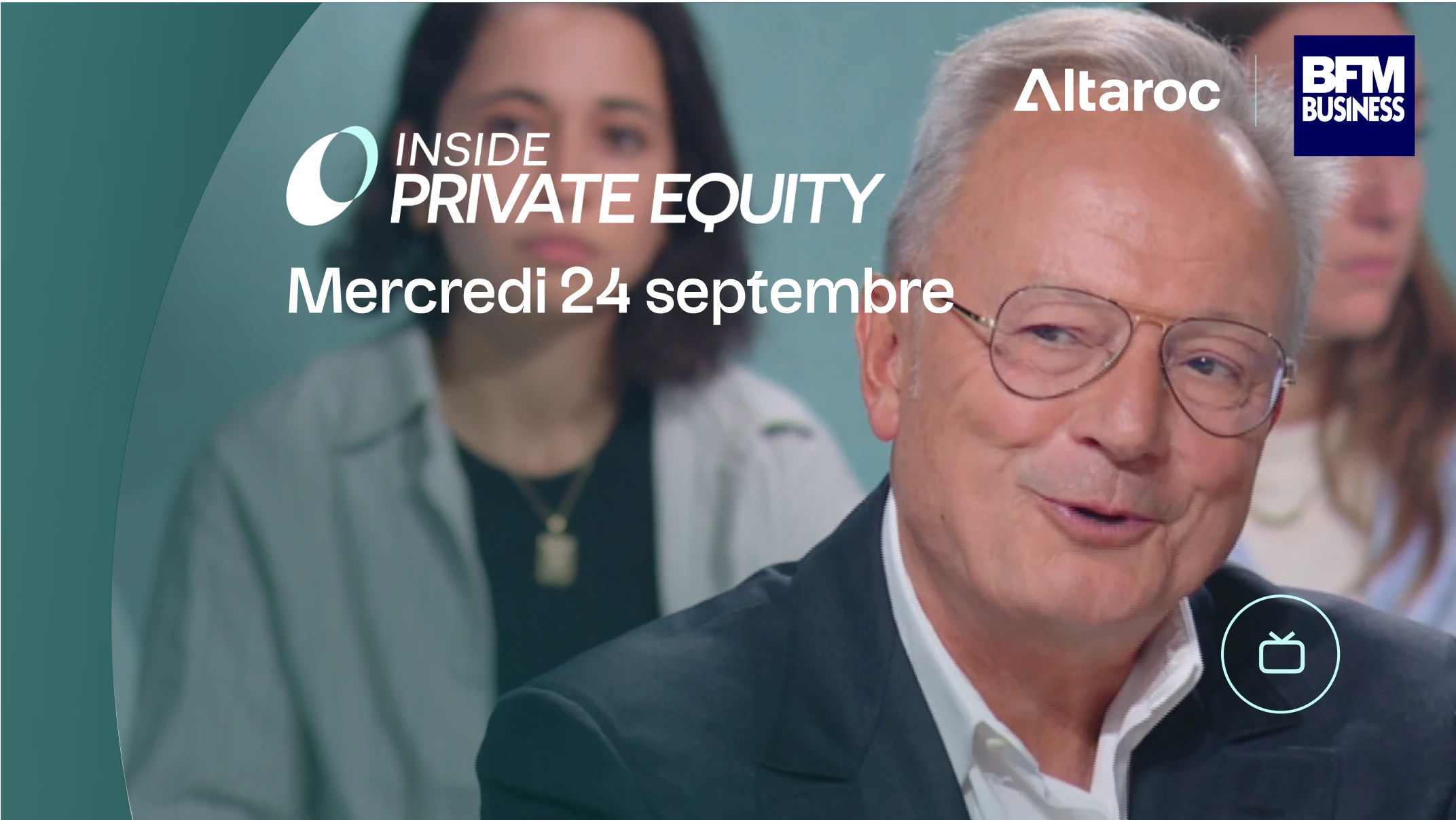
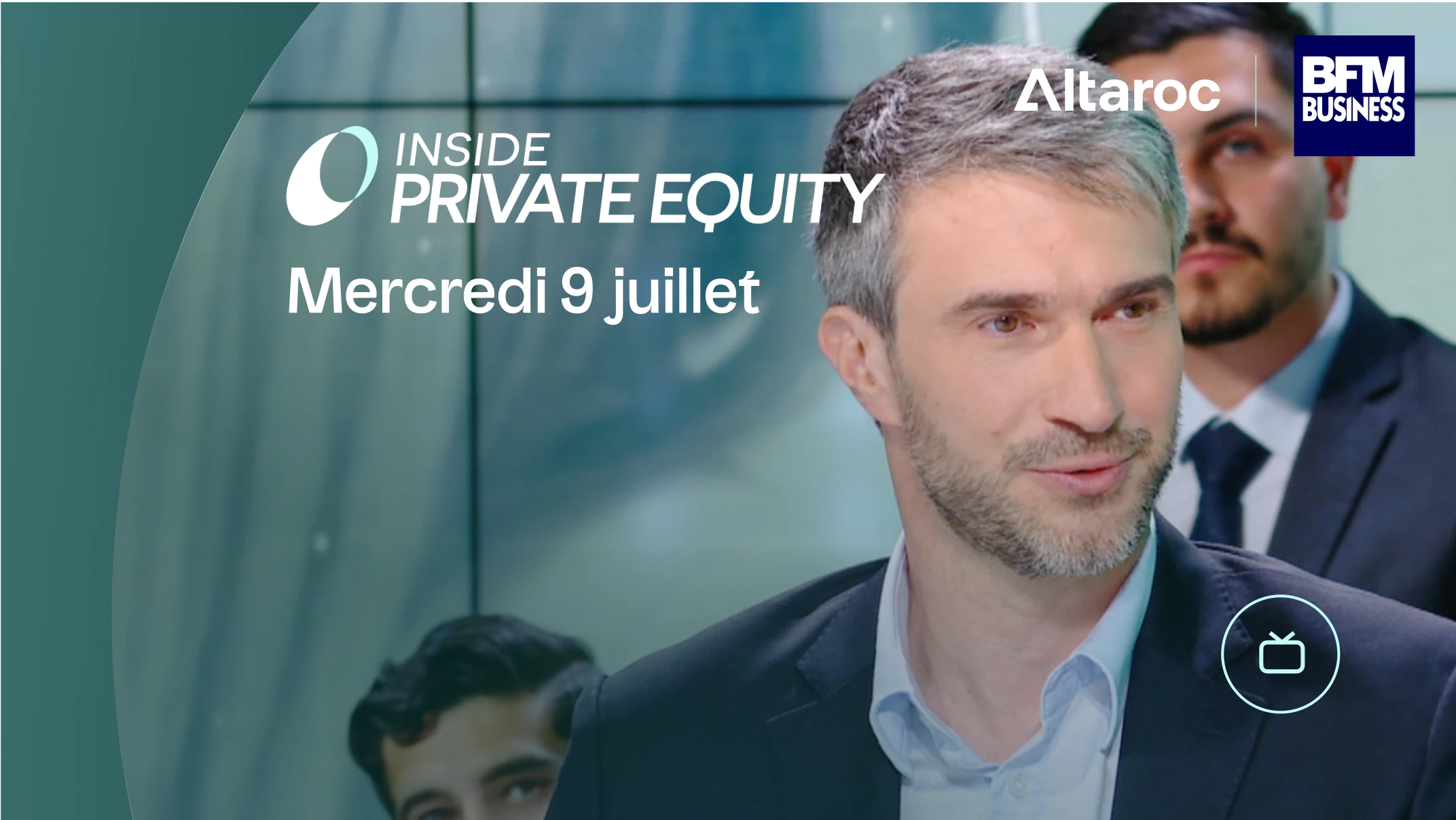
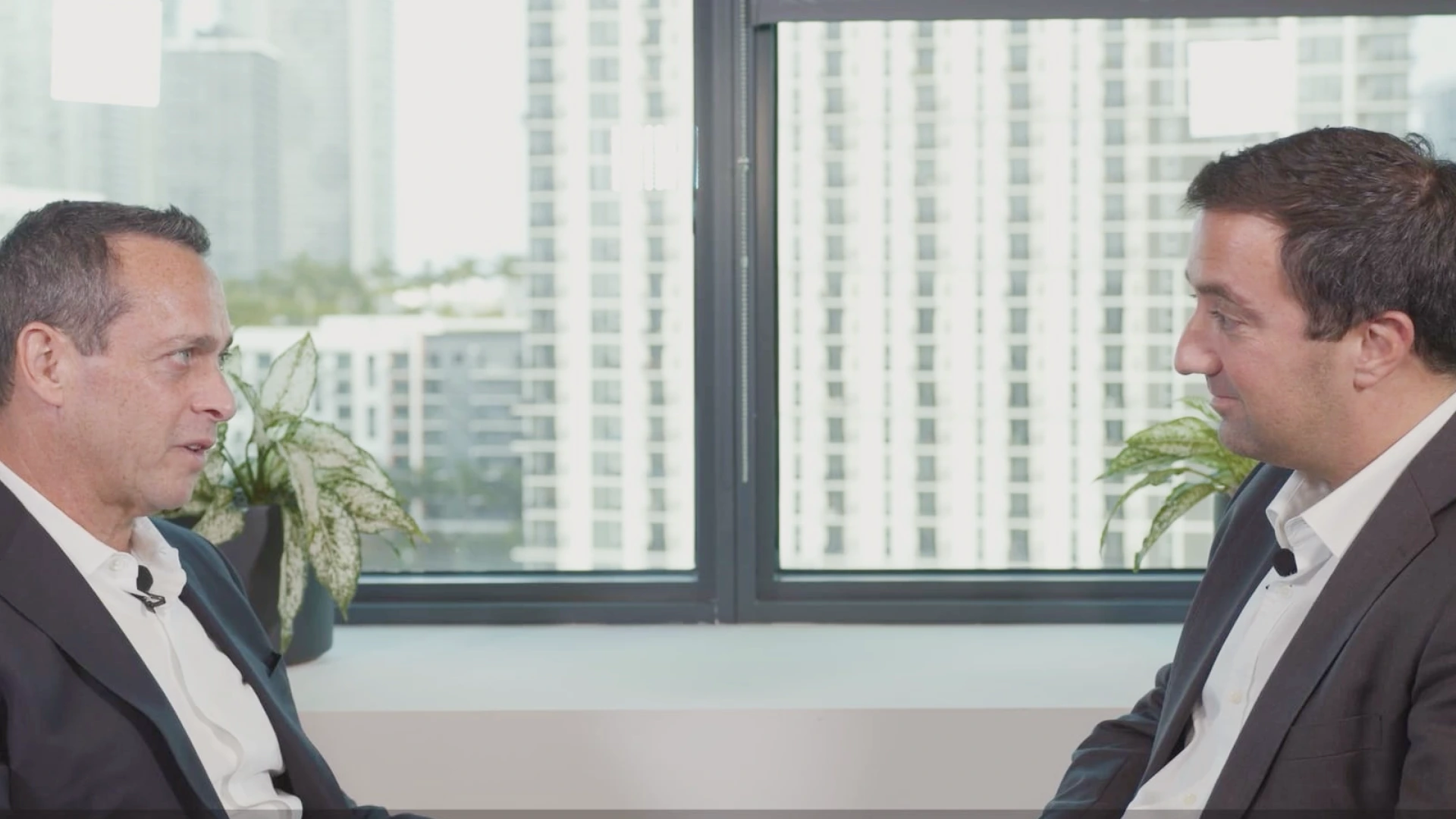
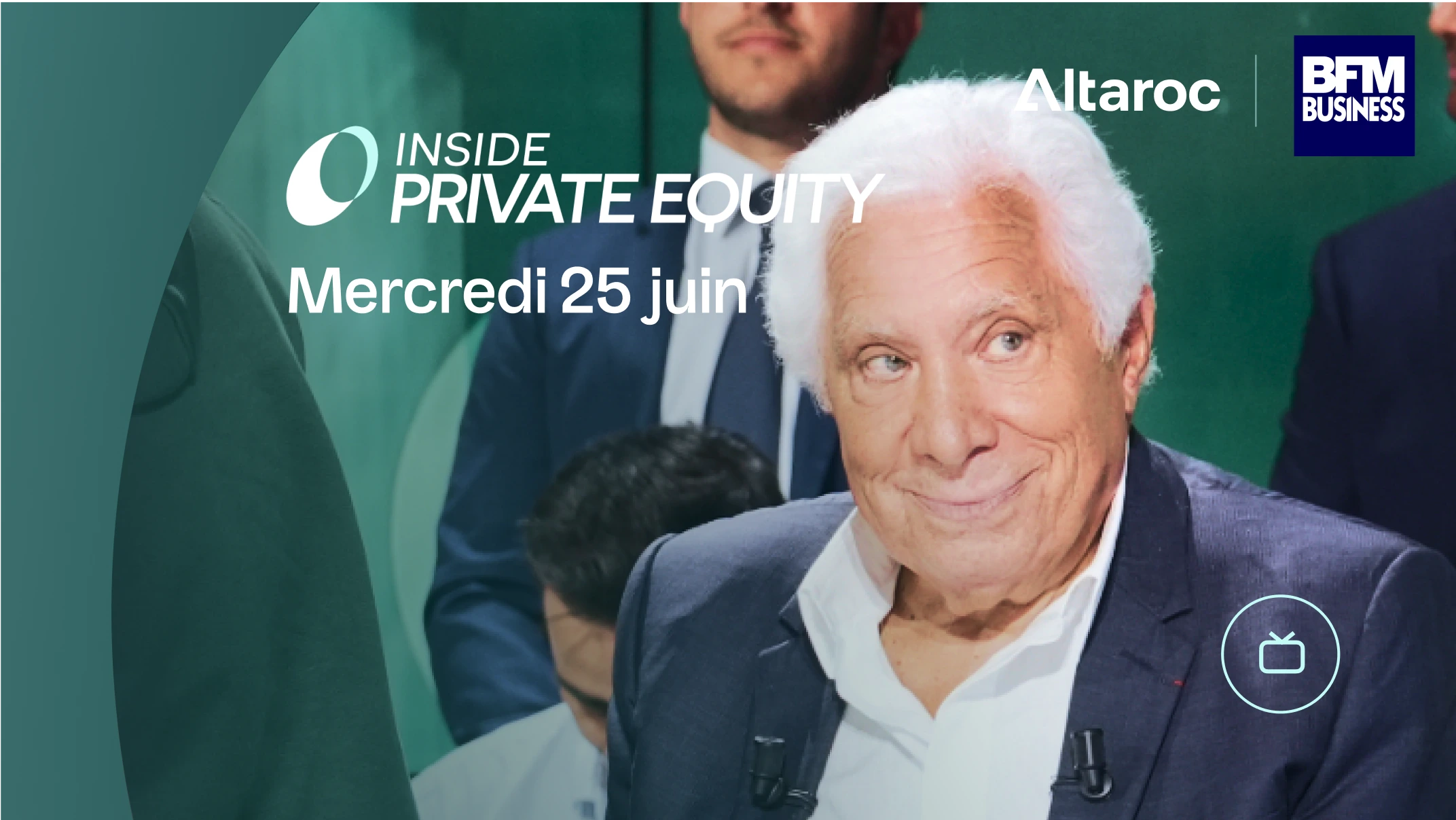
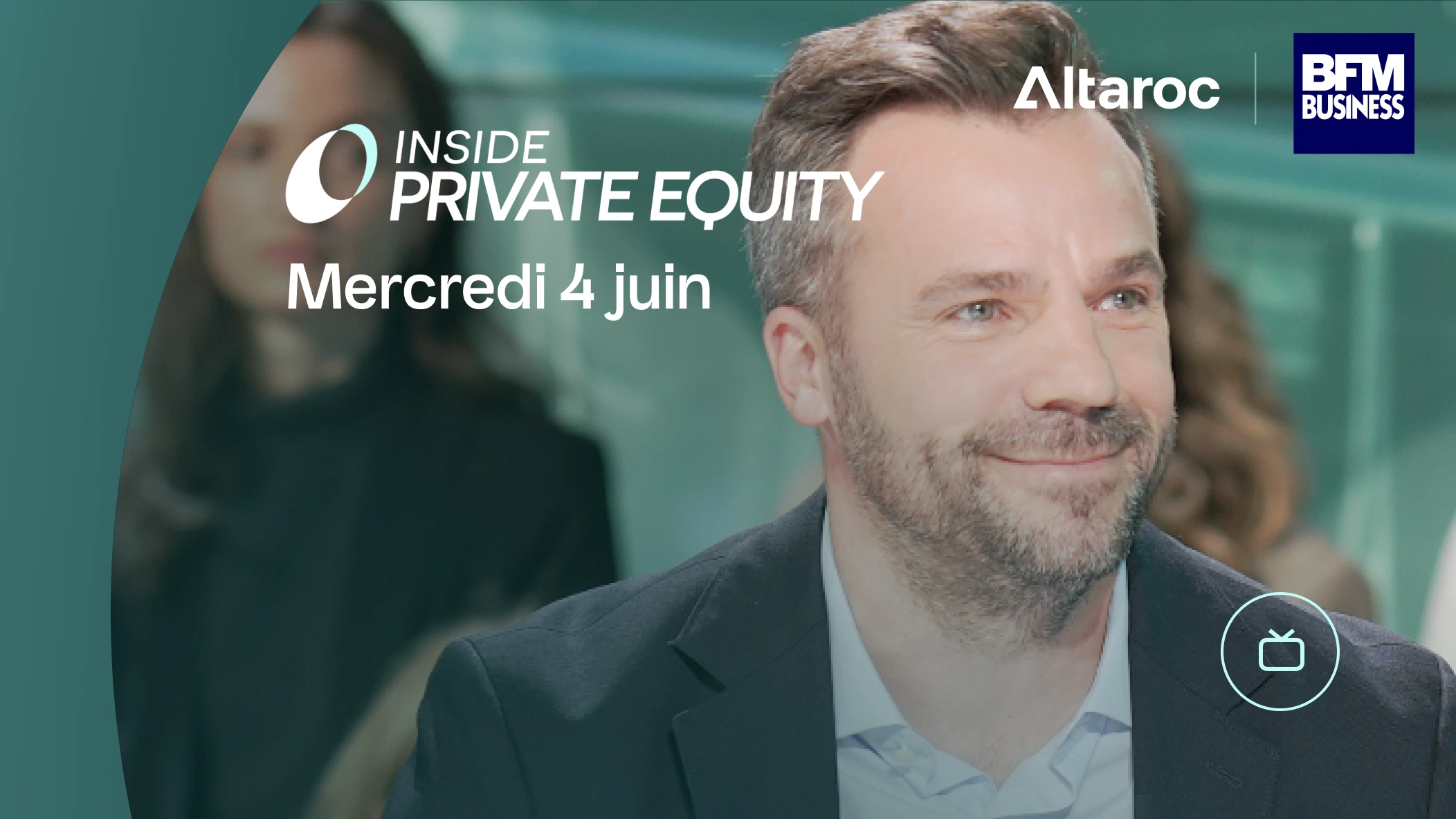
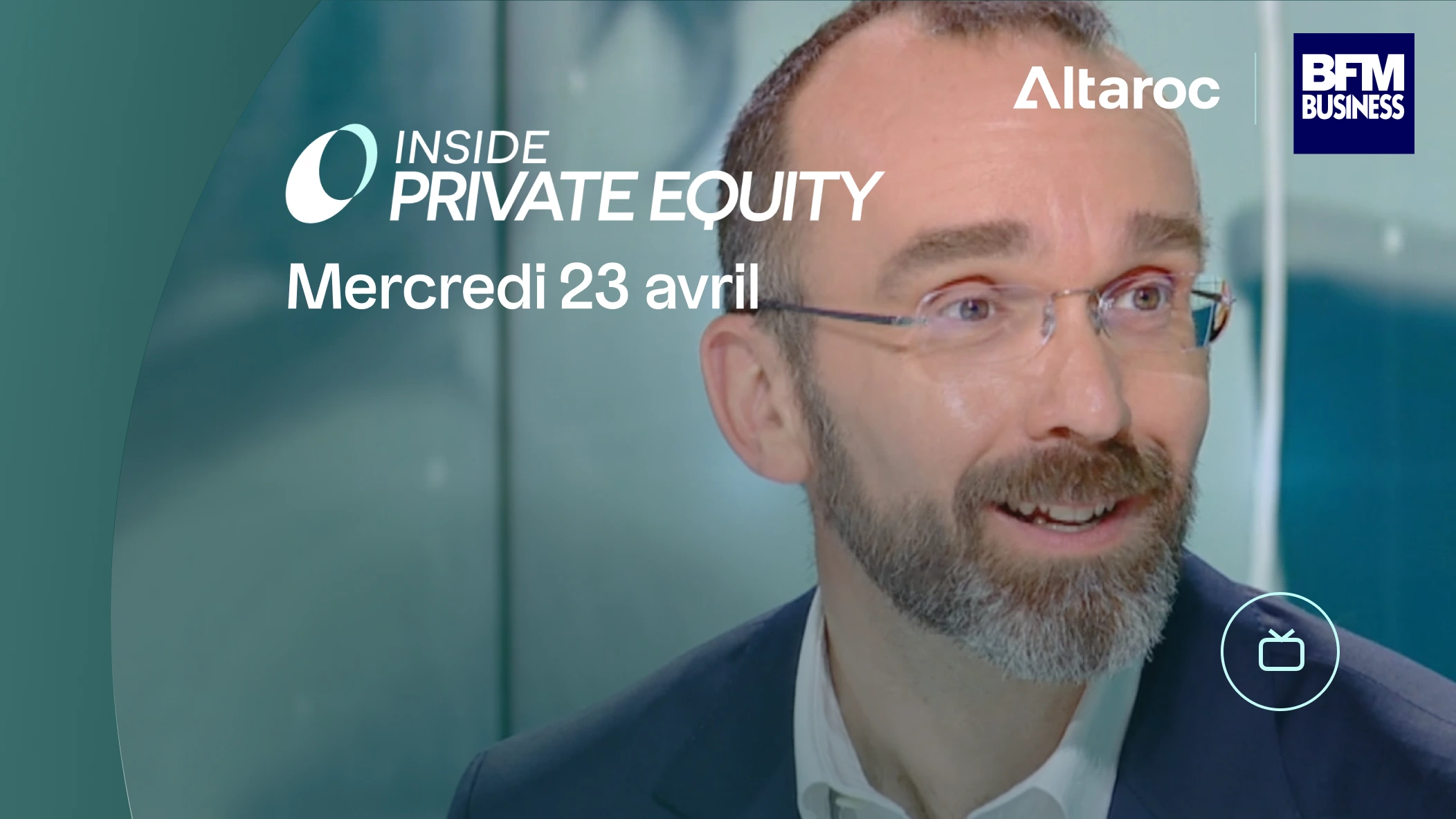


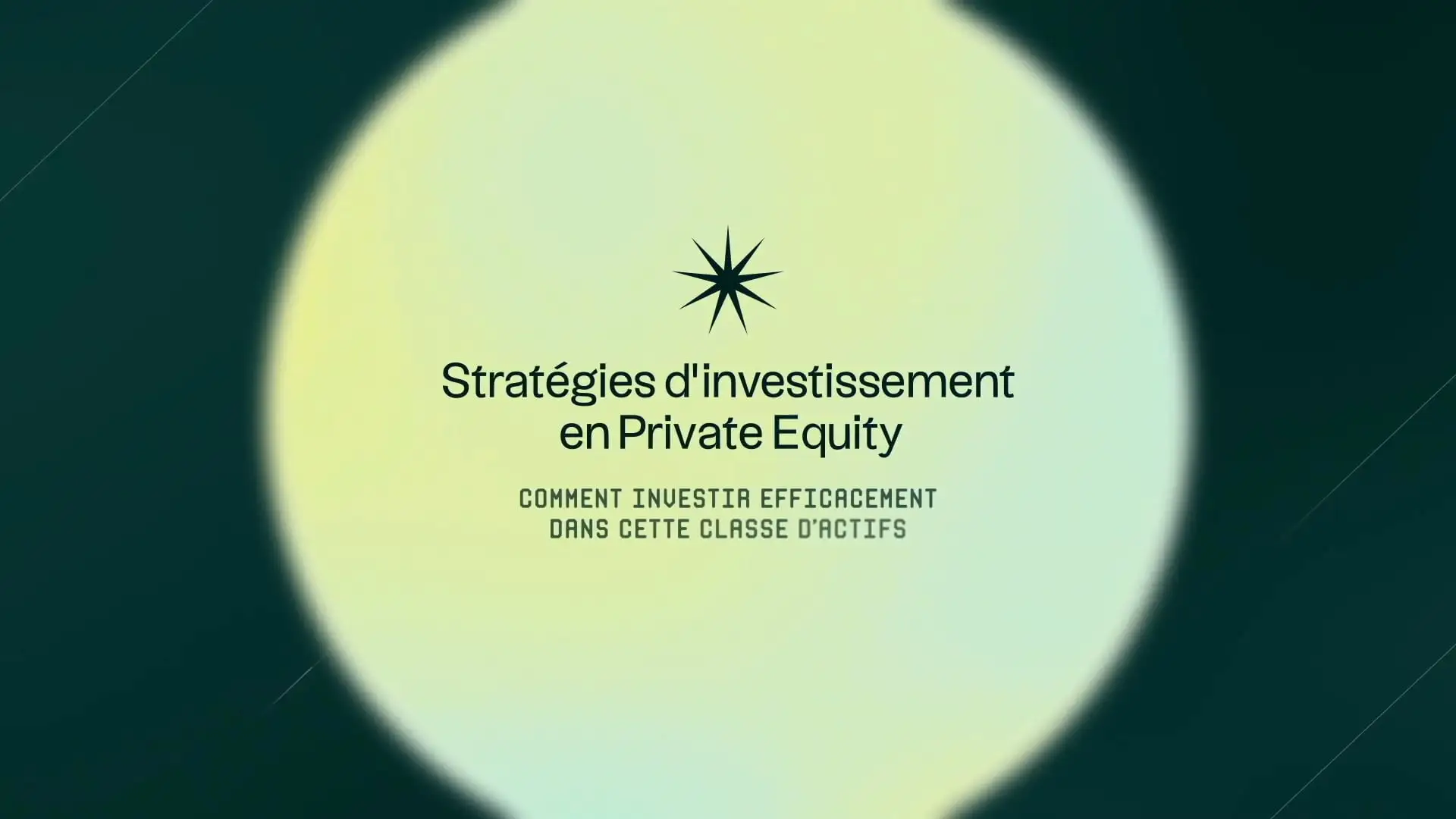









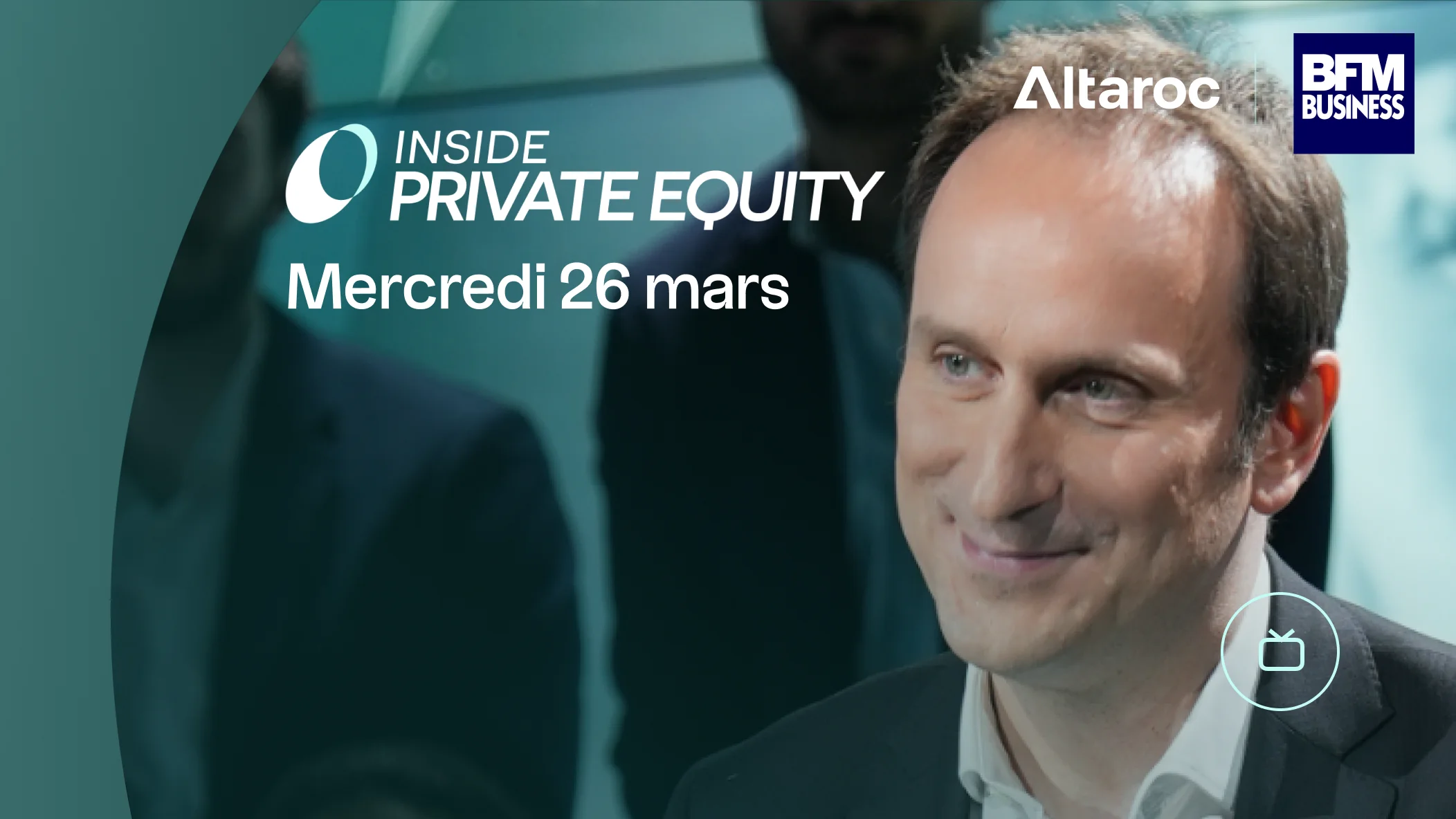
.jpeg)
.jpeg)
.jpeg)
.jpeg)
.jpeg)
.jpeg)

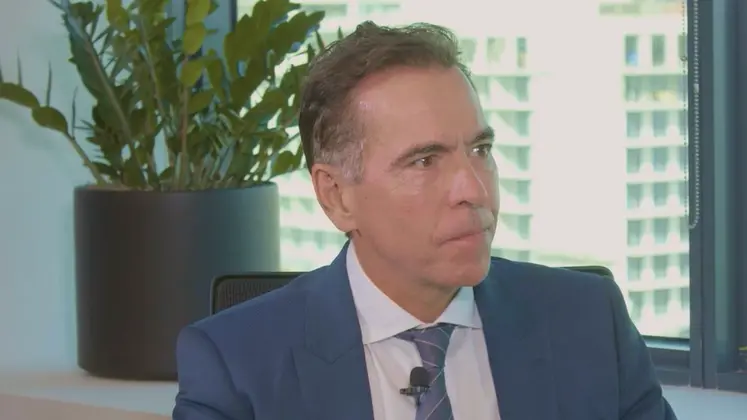



.webp)
.jpeg)
.jpeg)
.jpeg)
.jpeg)
.jpeg)
.jpeg)
.jpeg)
.jpeg)
.jpeg)
.jpeg)
.jpeg)
.jpeg)
.jpeg)
.jpeg)
.jpeg)
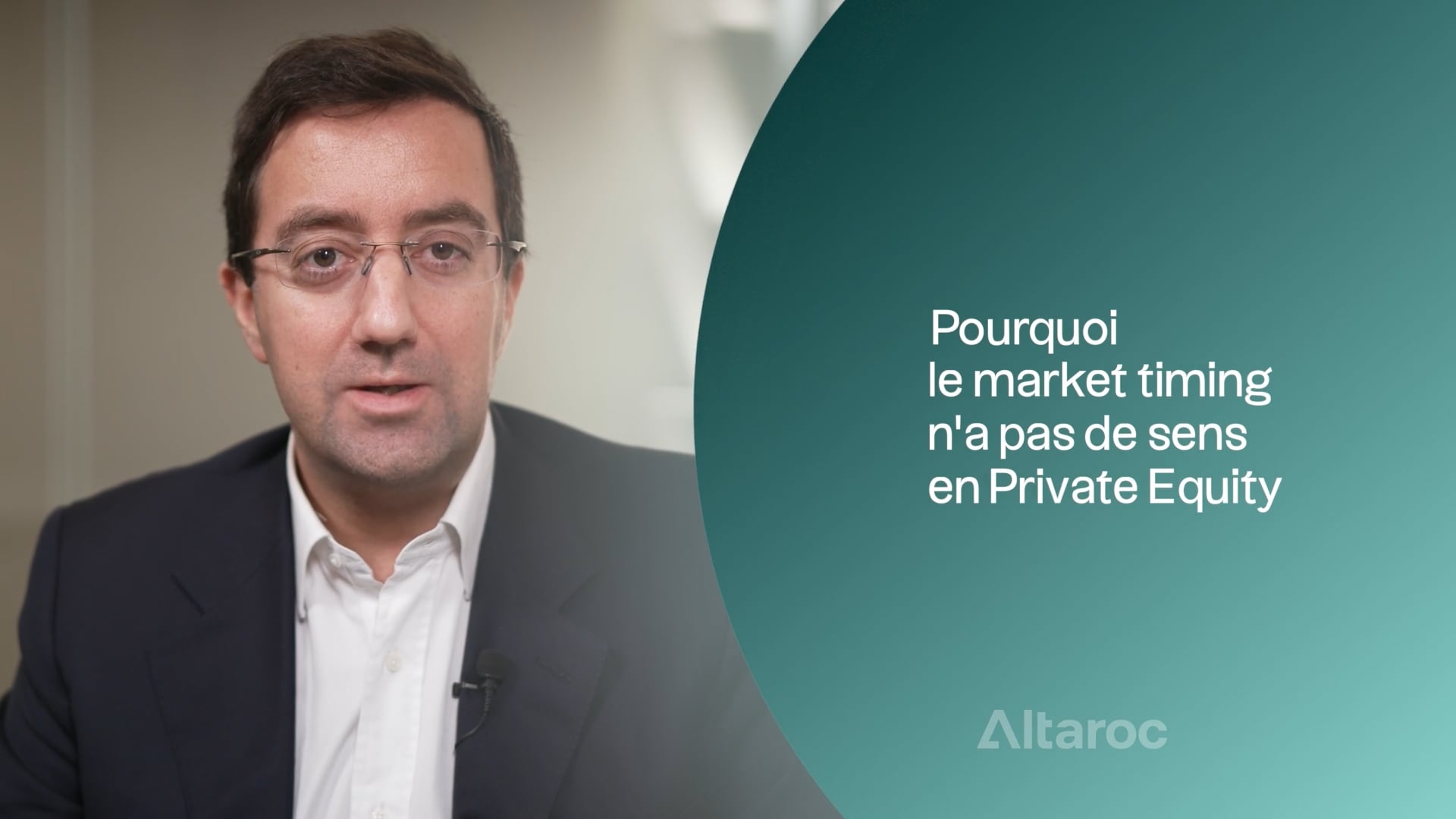
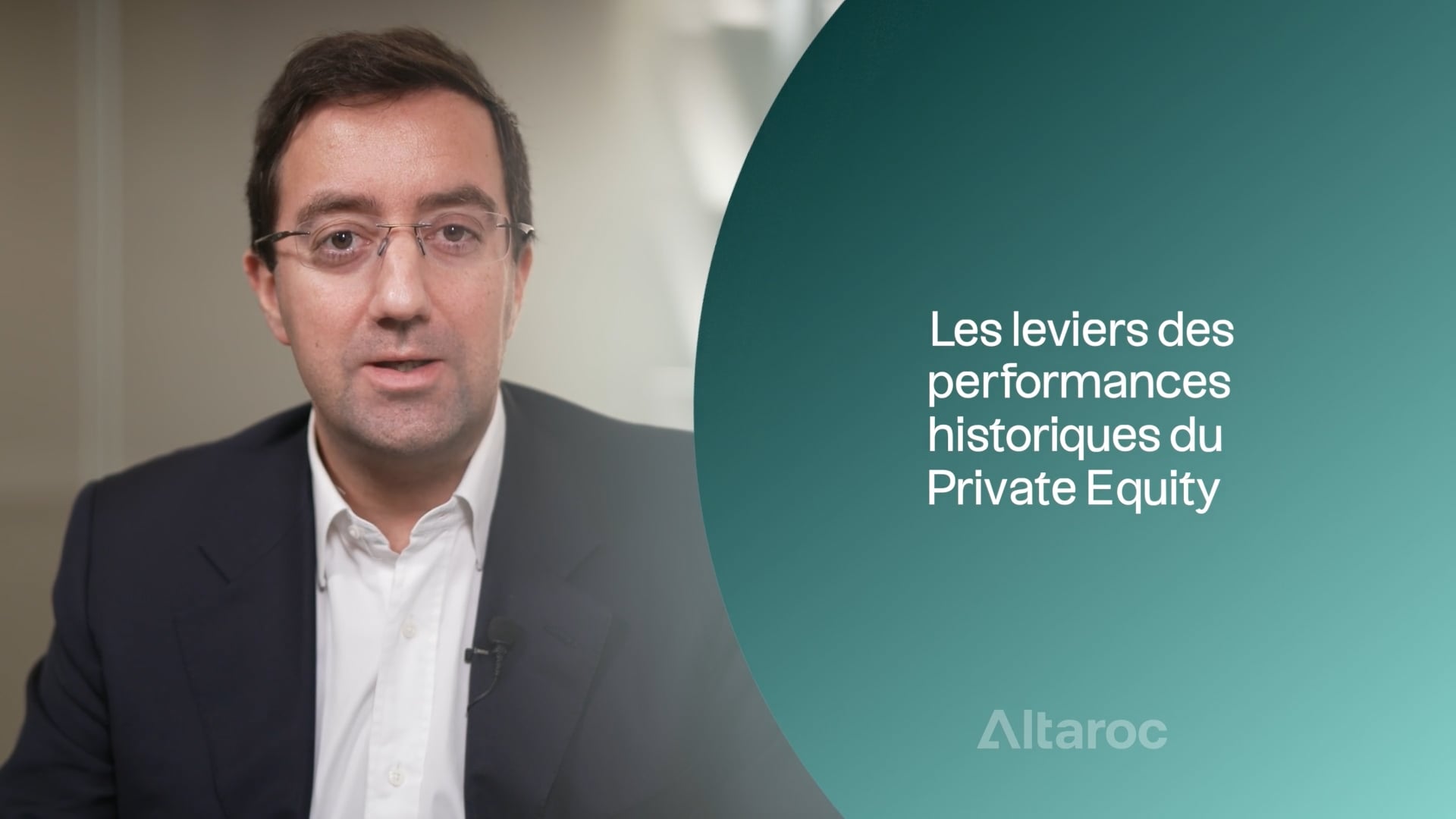

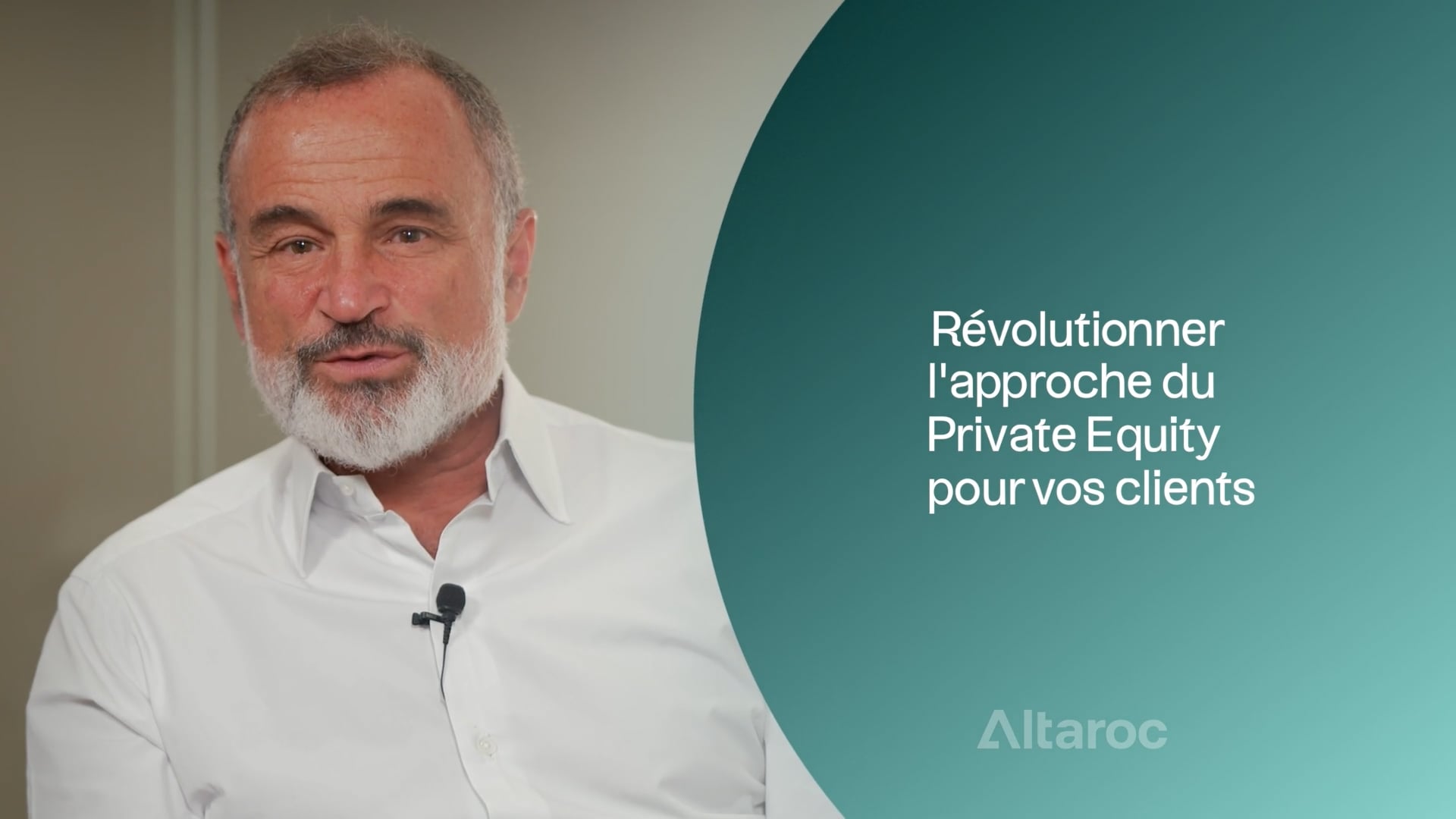
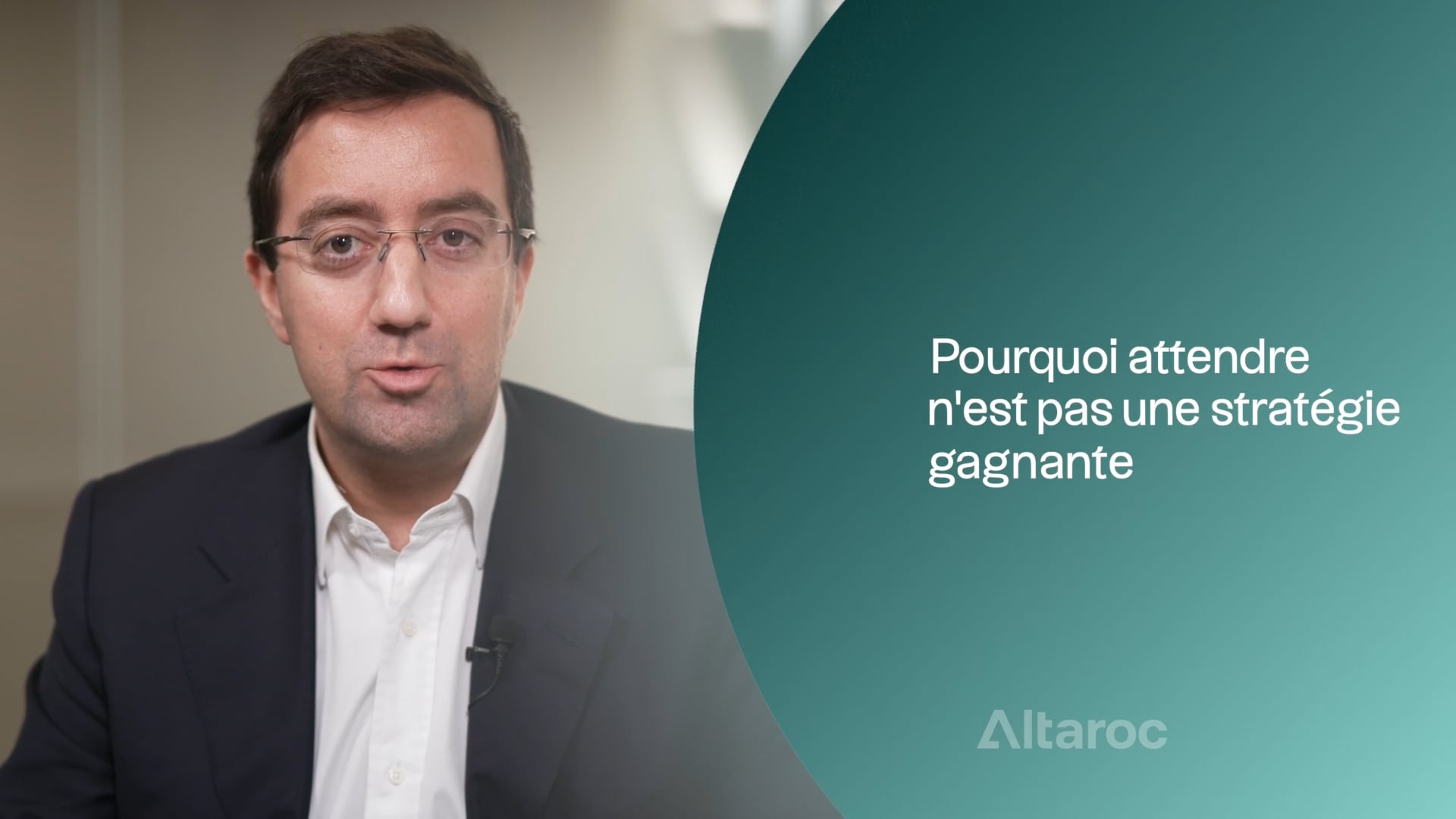
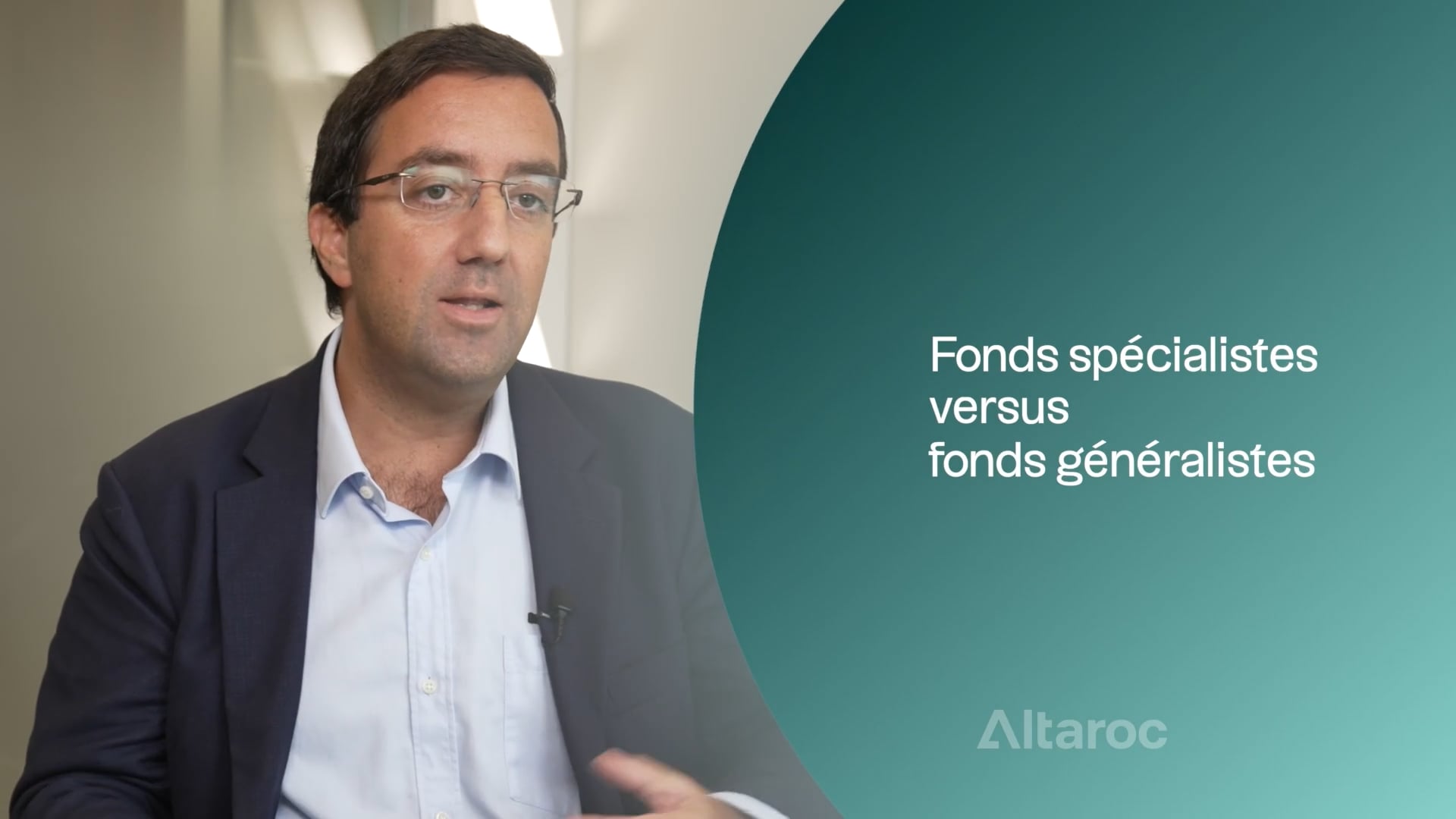
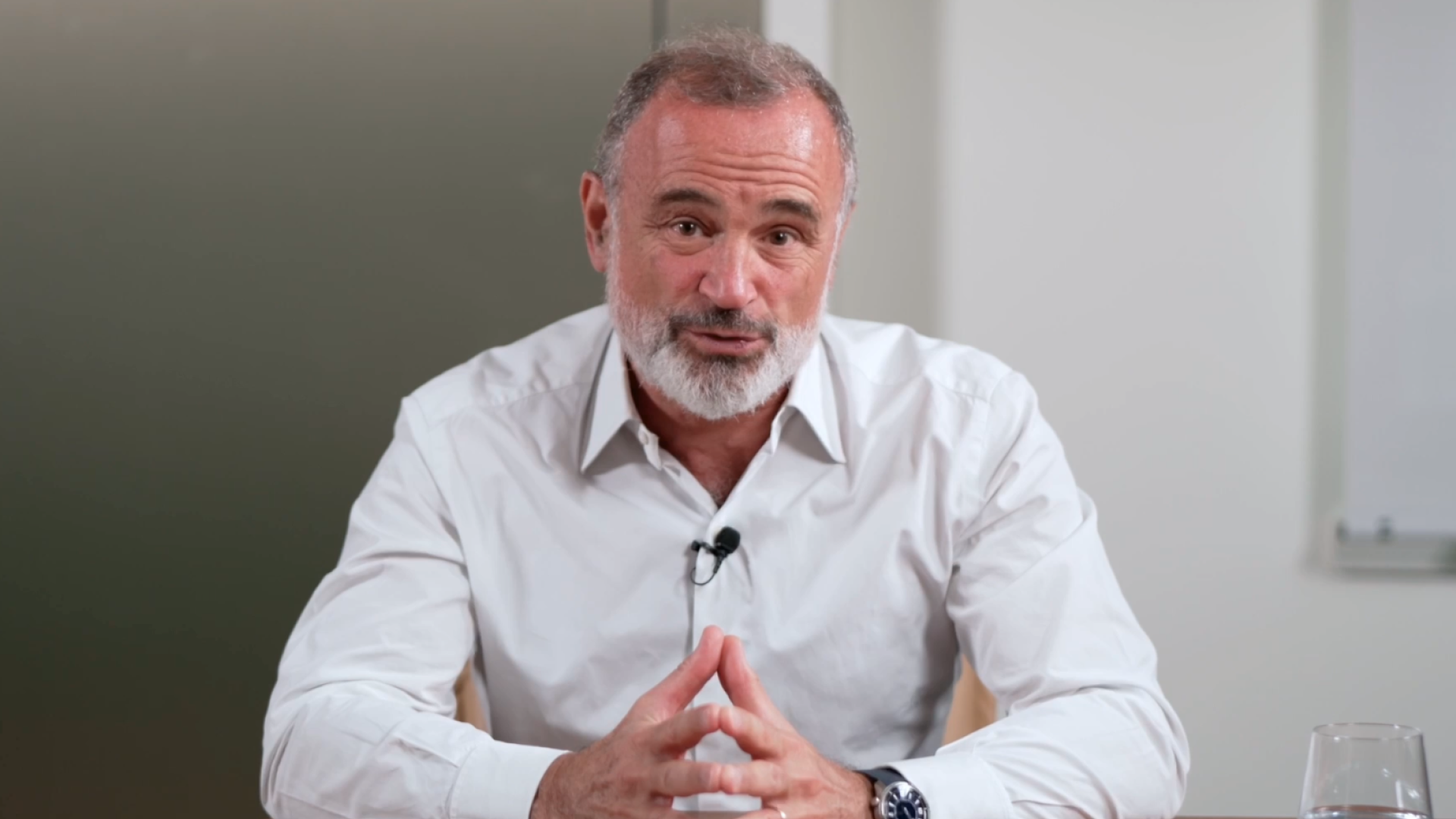
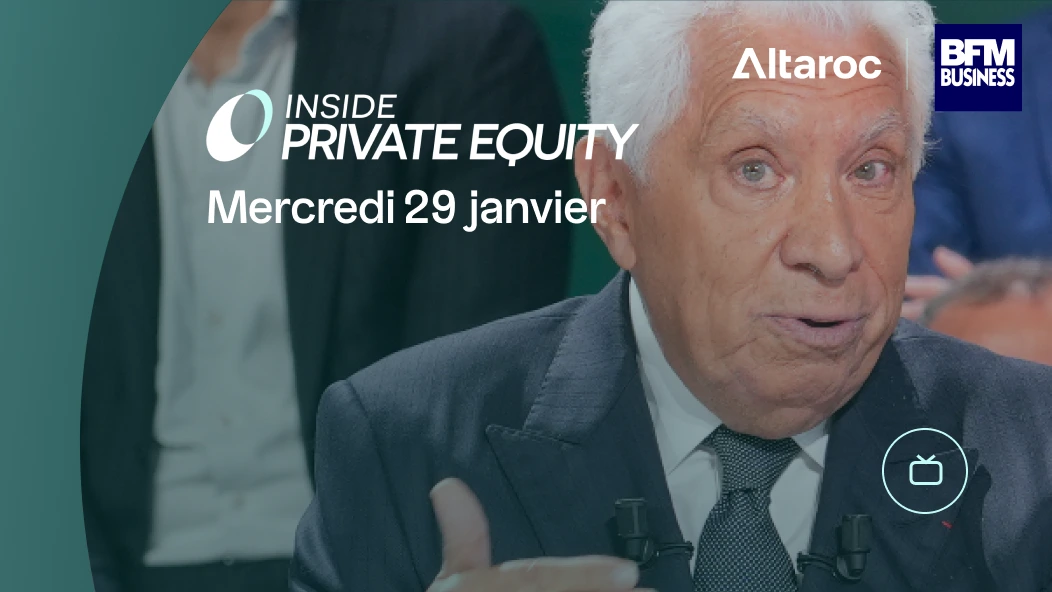

.webp)
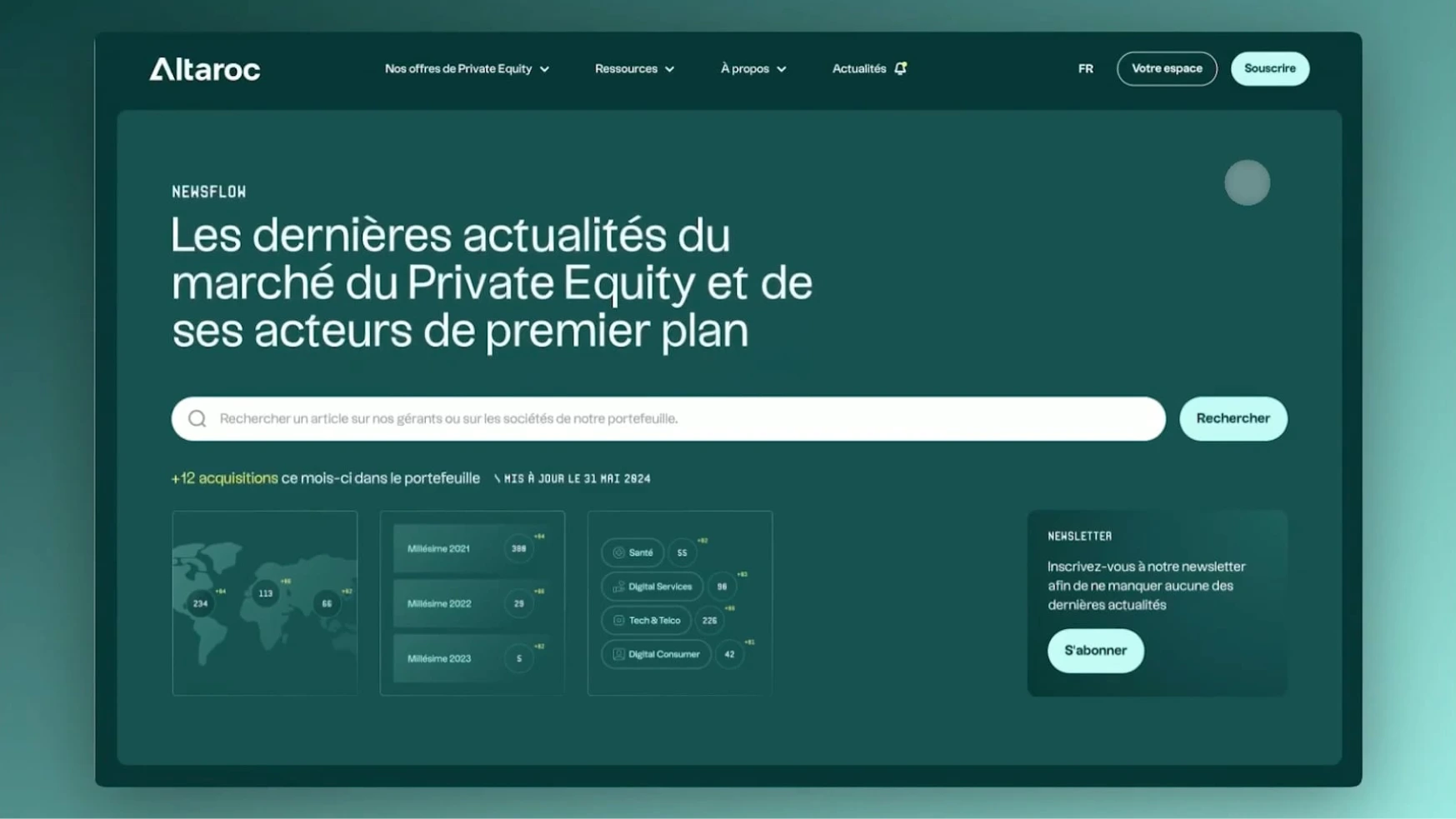
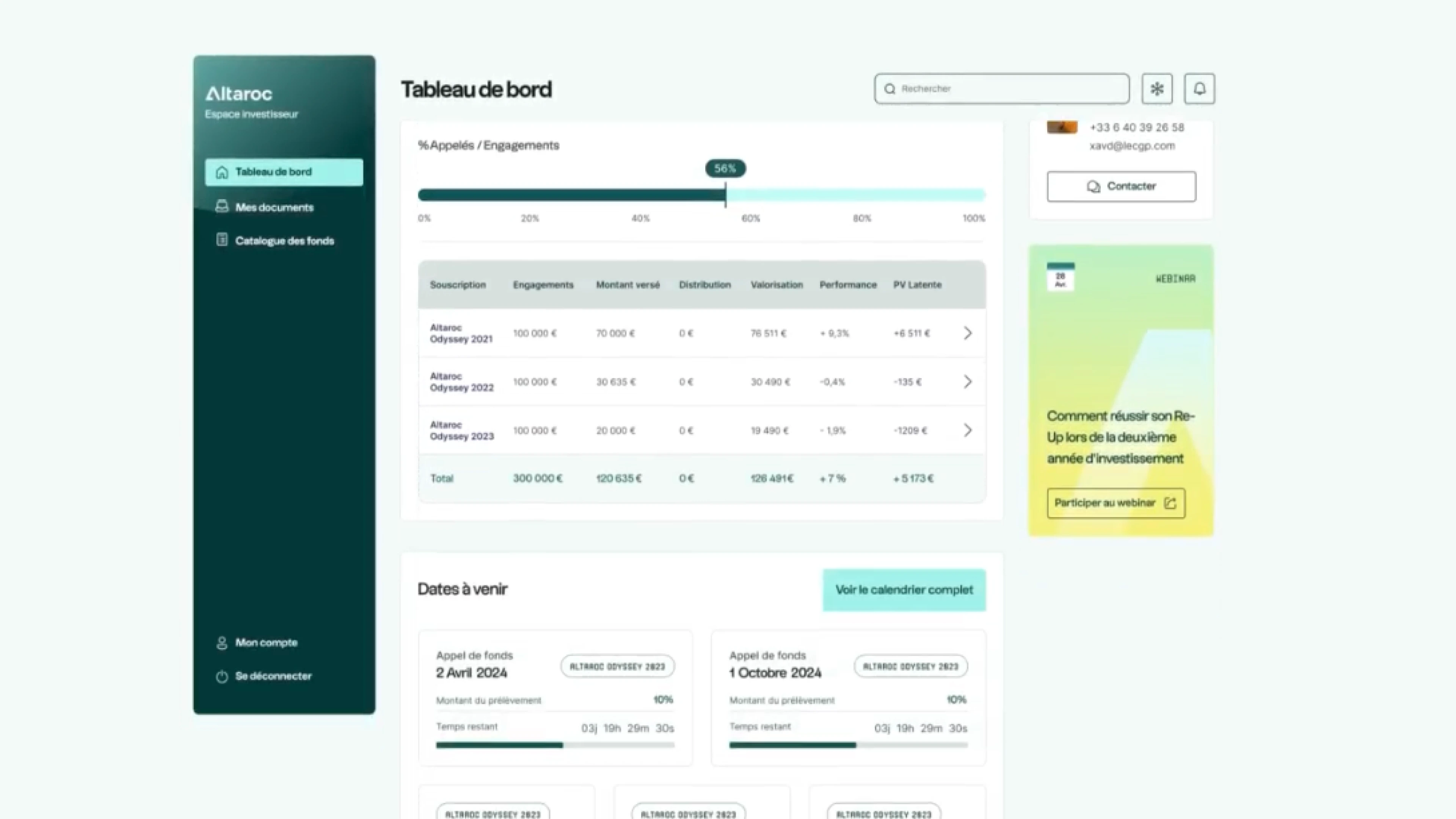
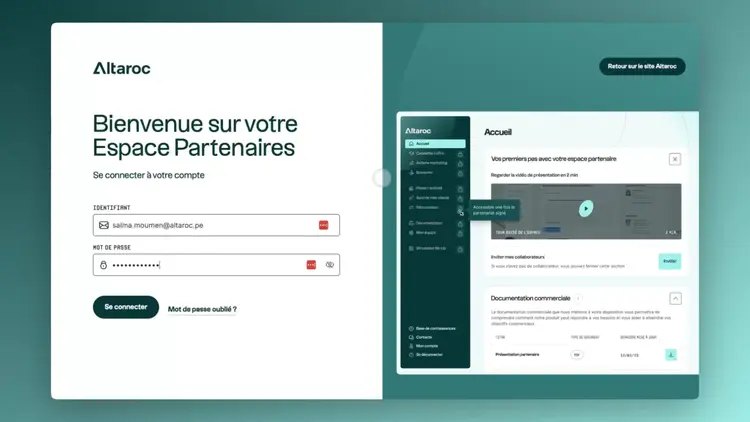


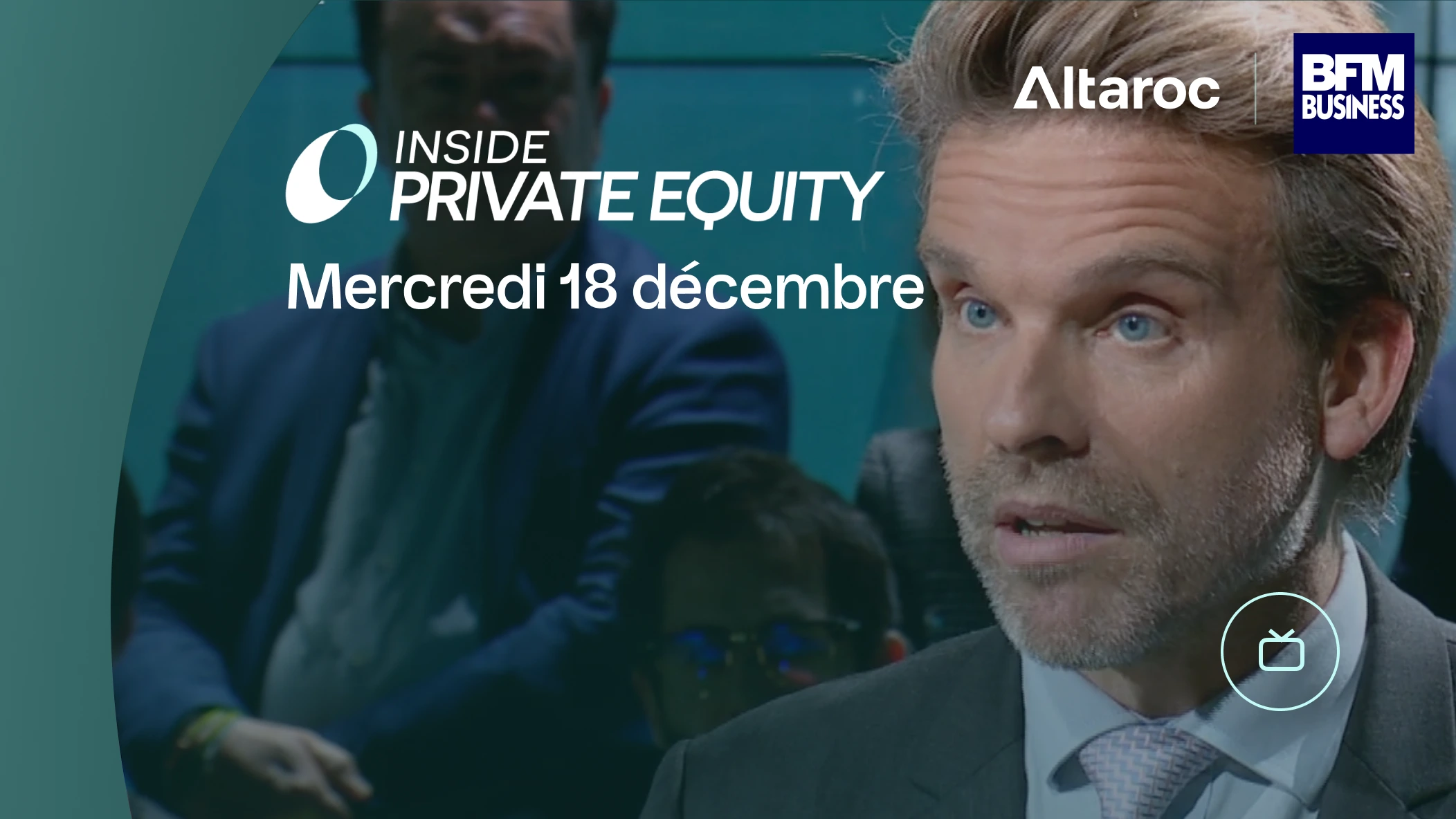
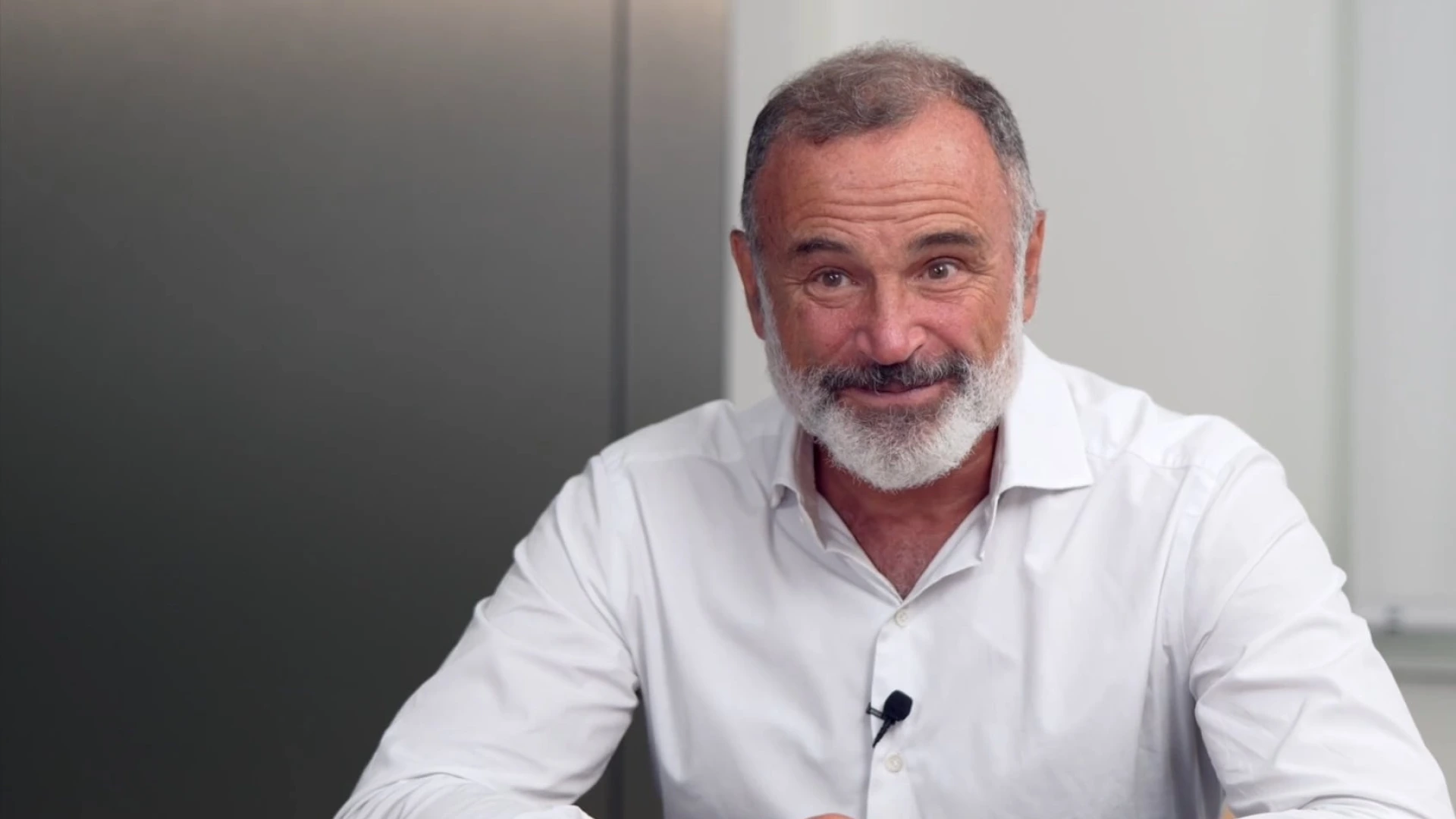
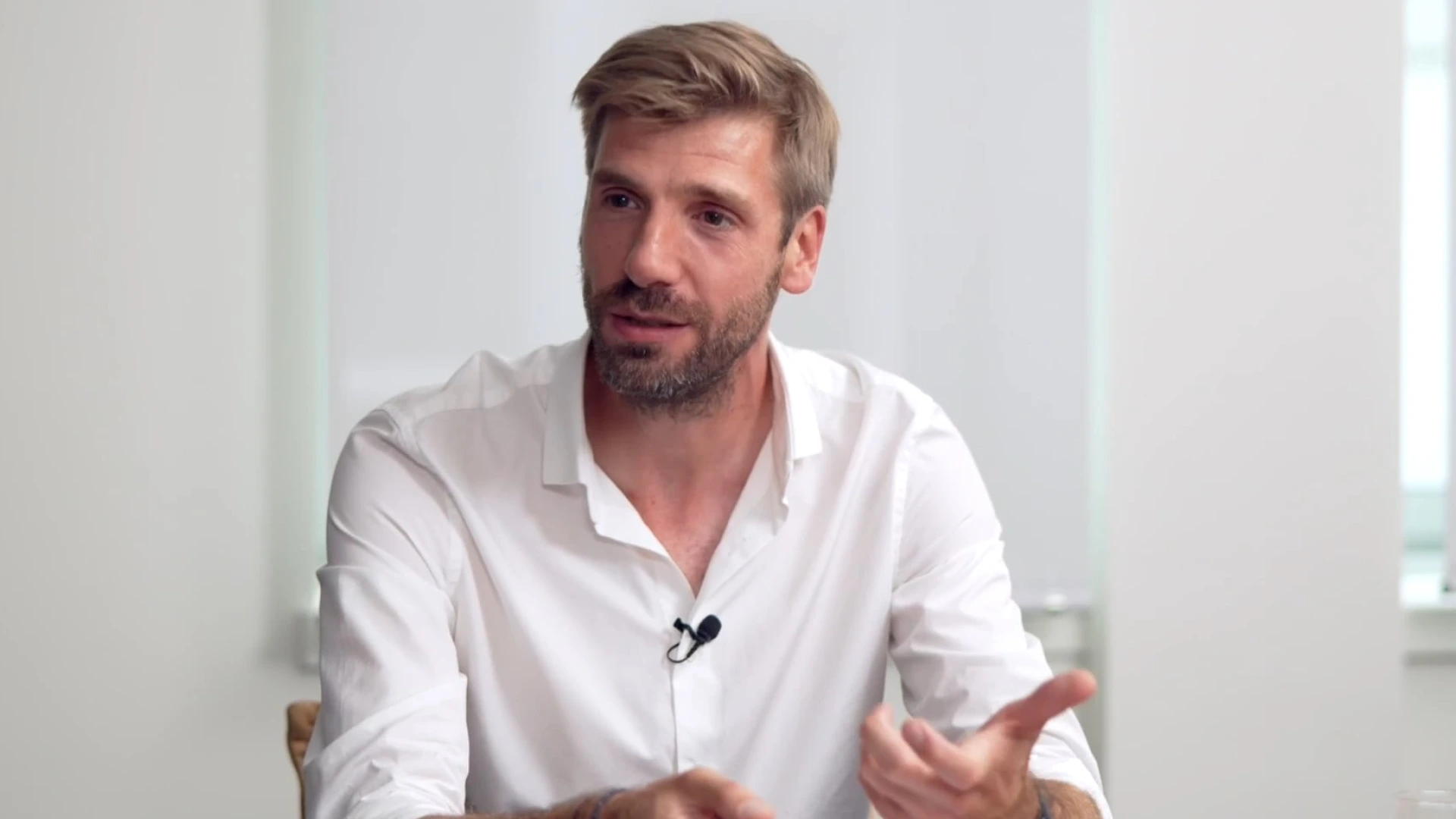

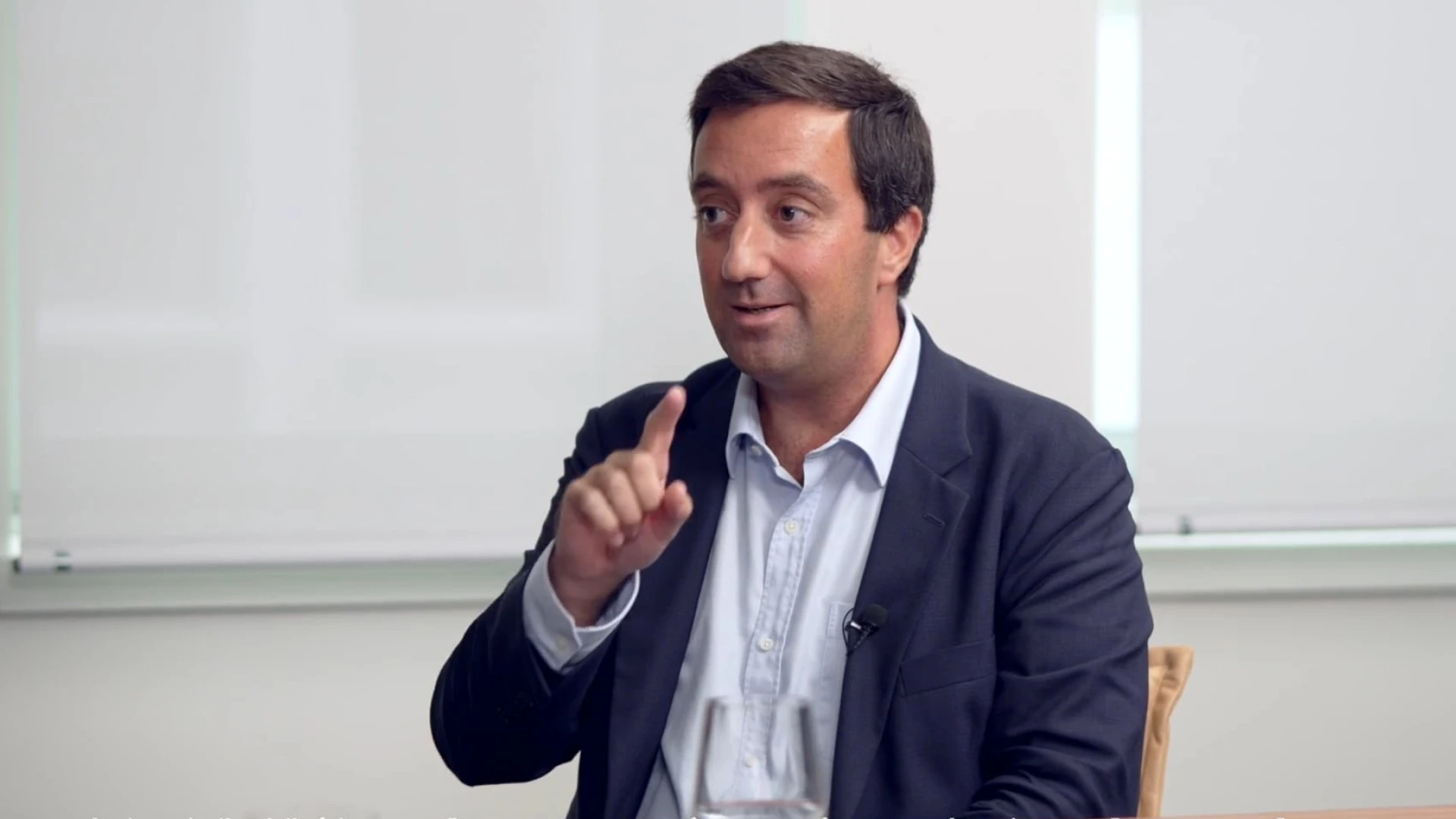

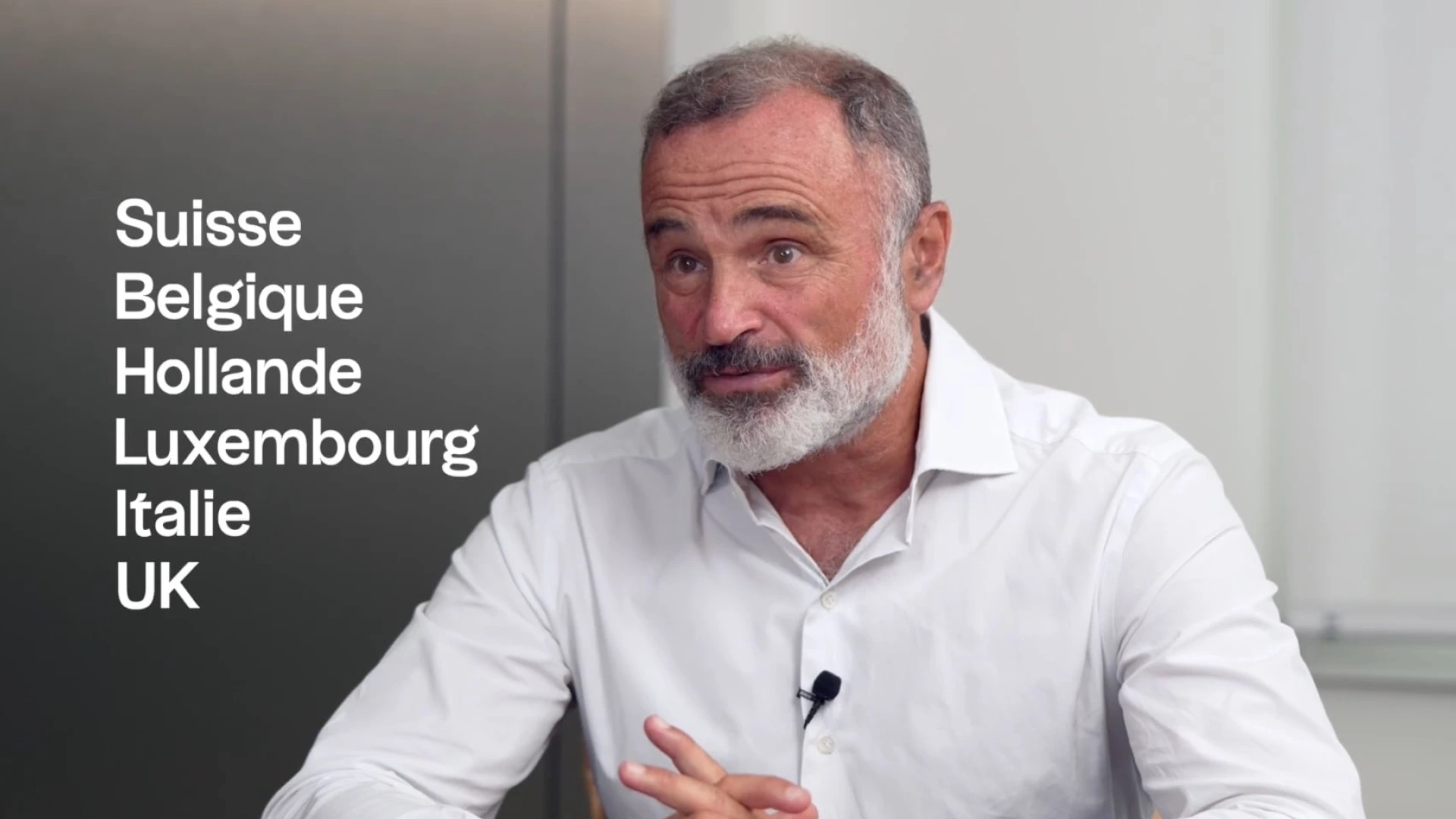
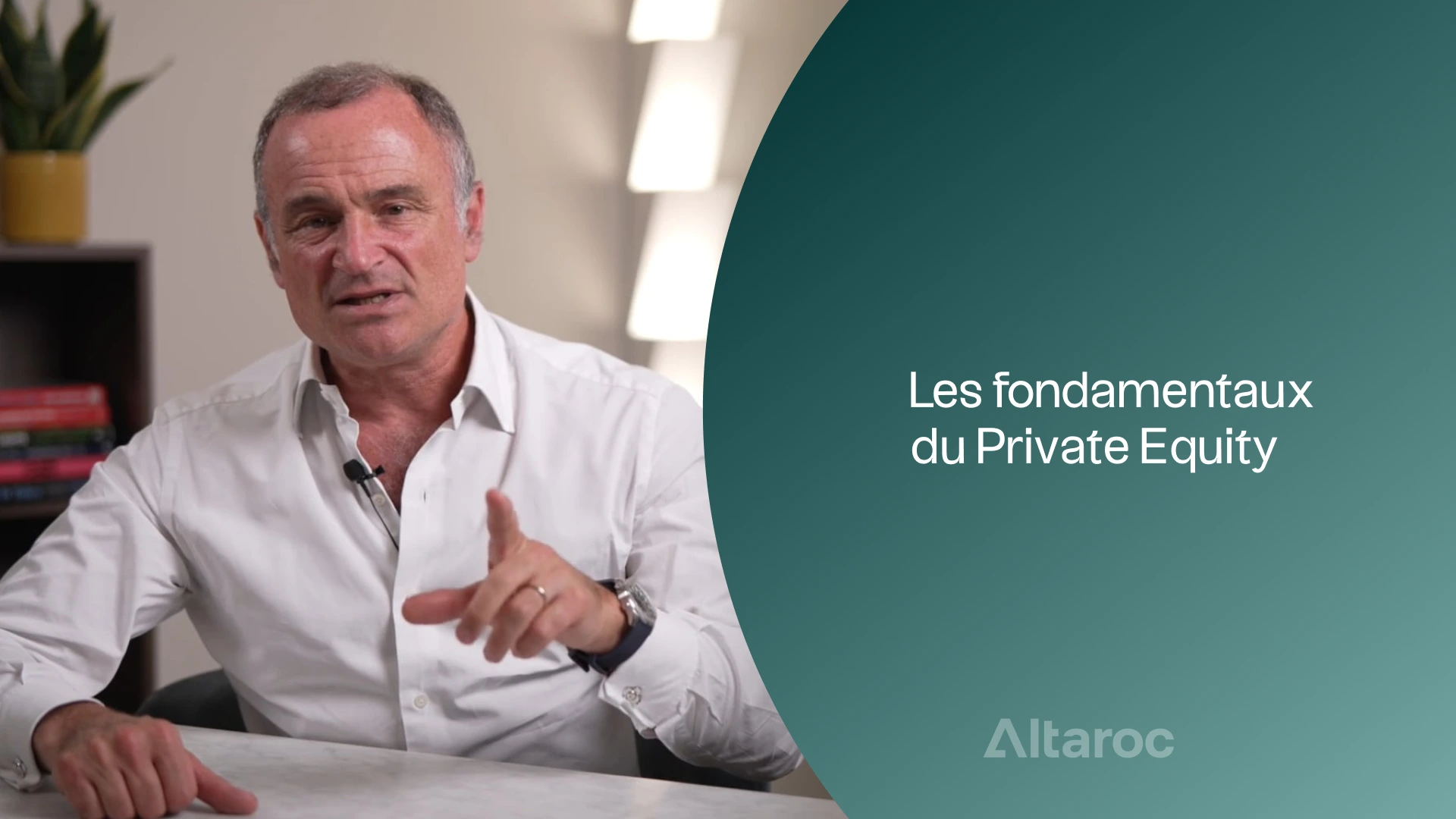

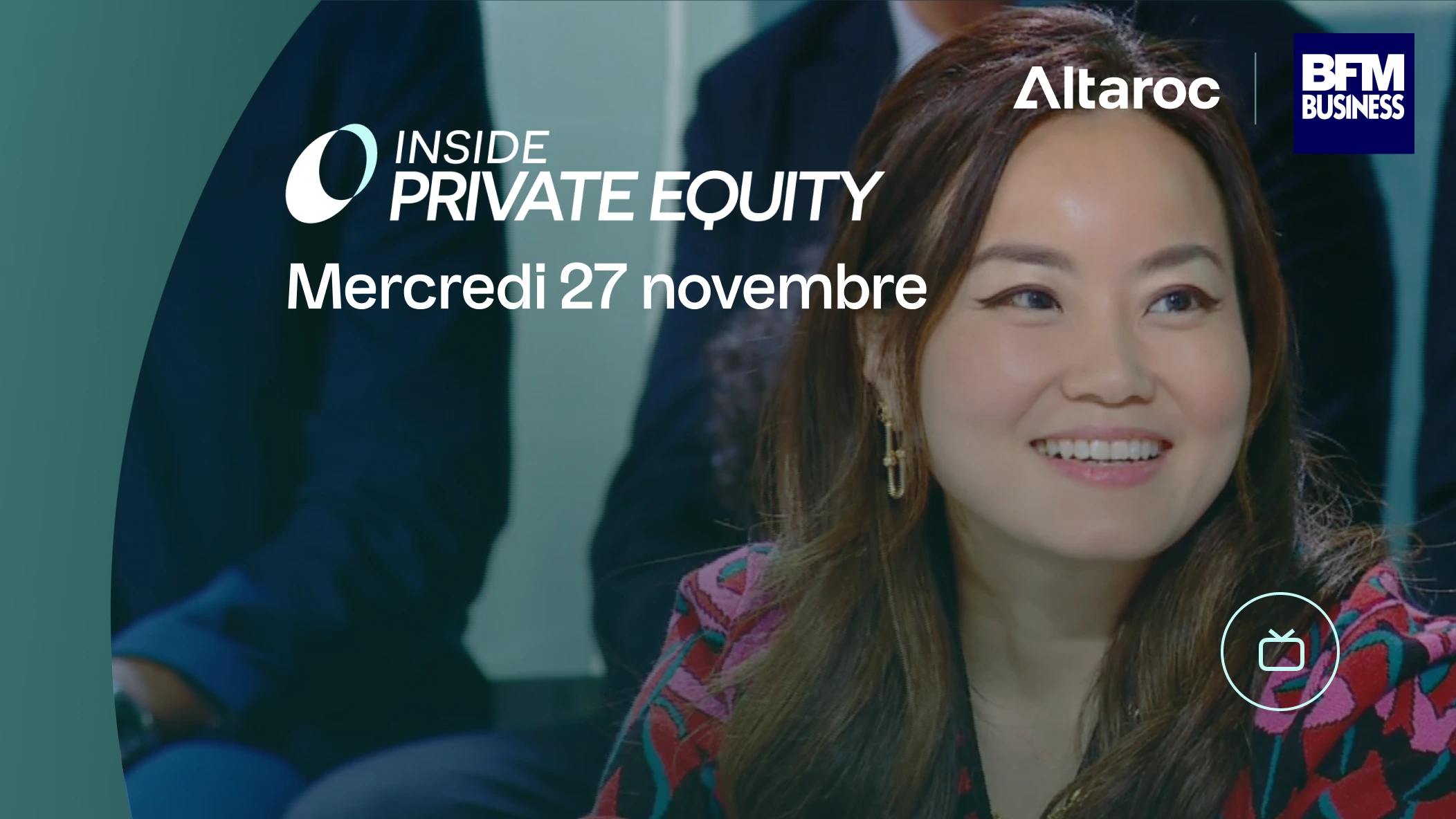
.webp)
.webp)
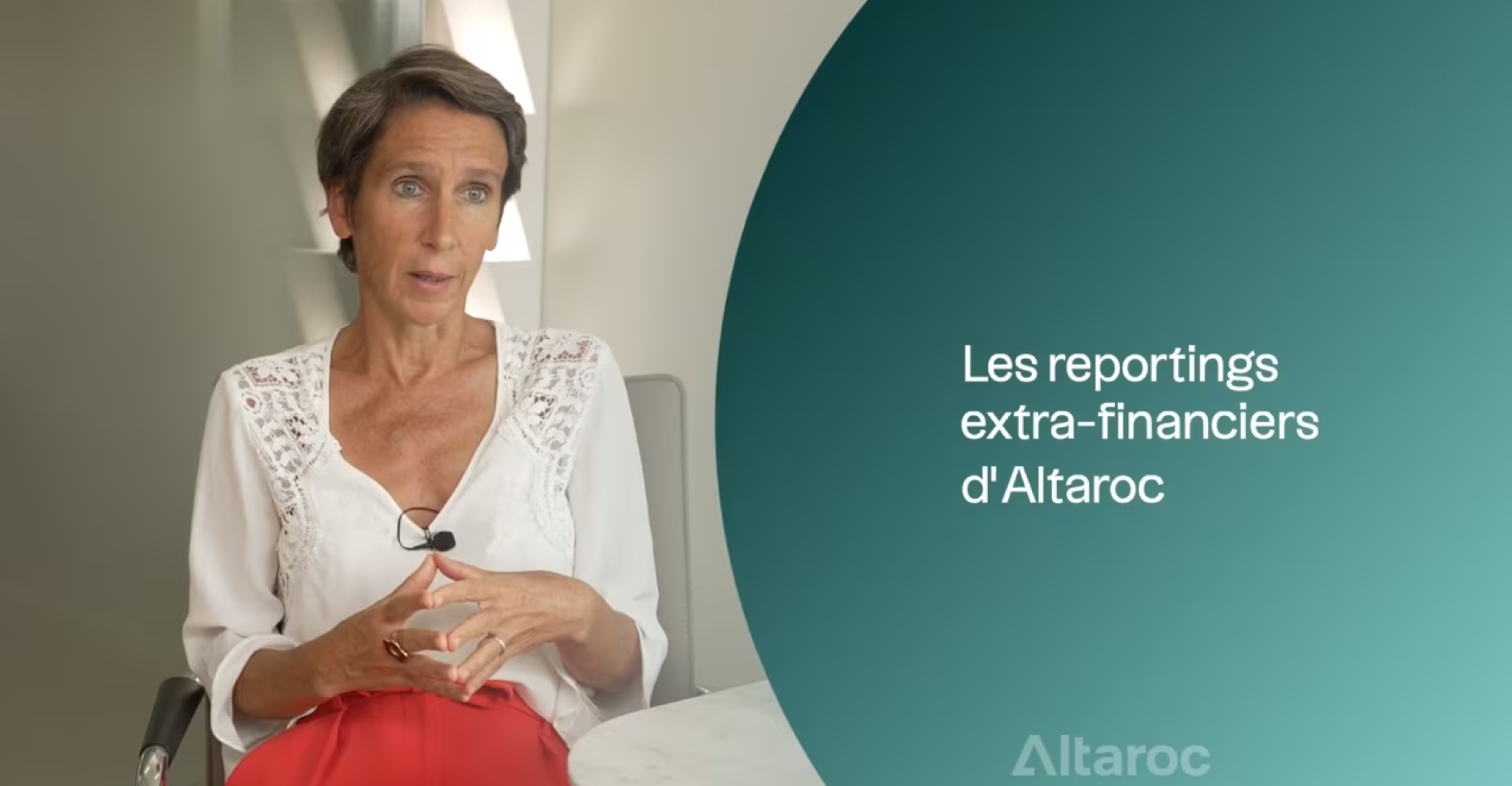

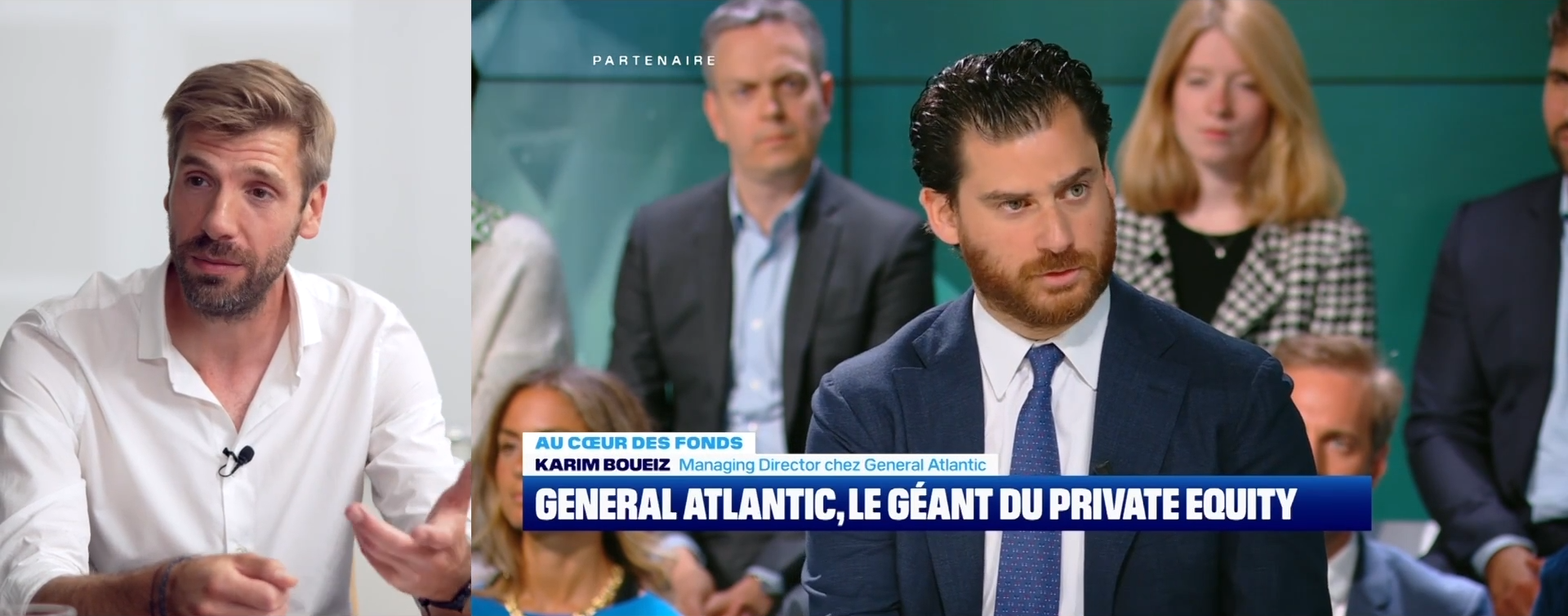
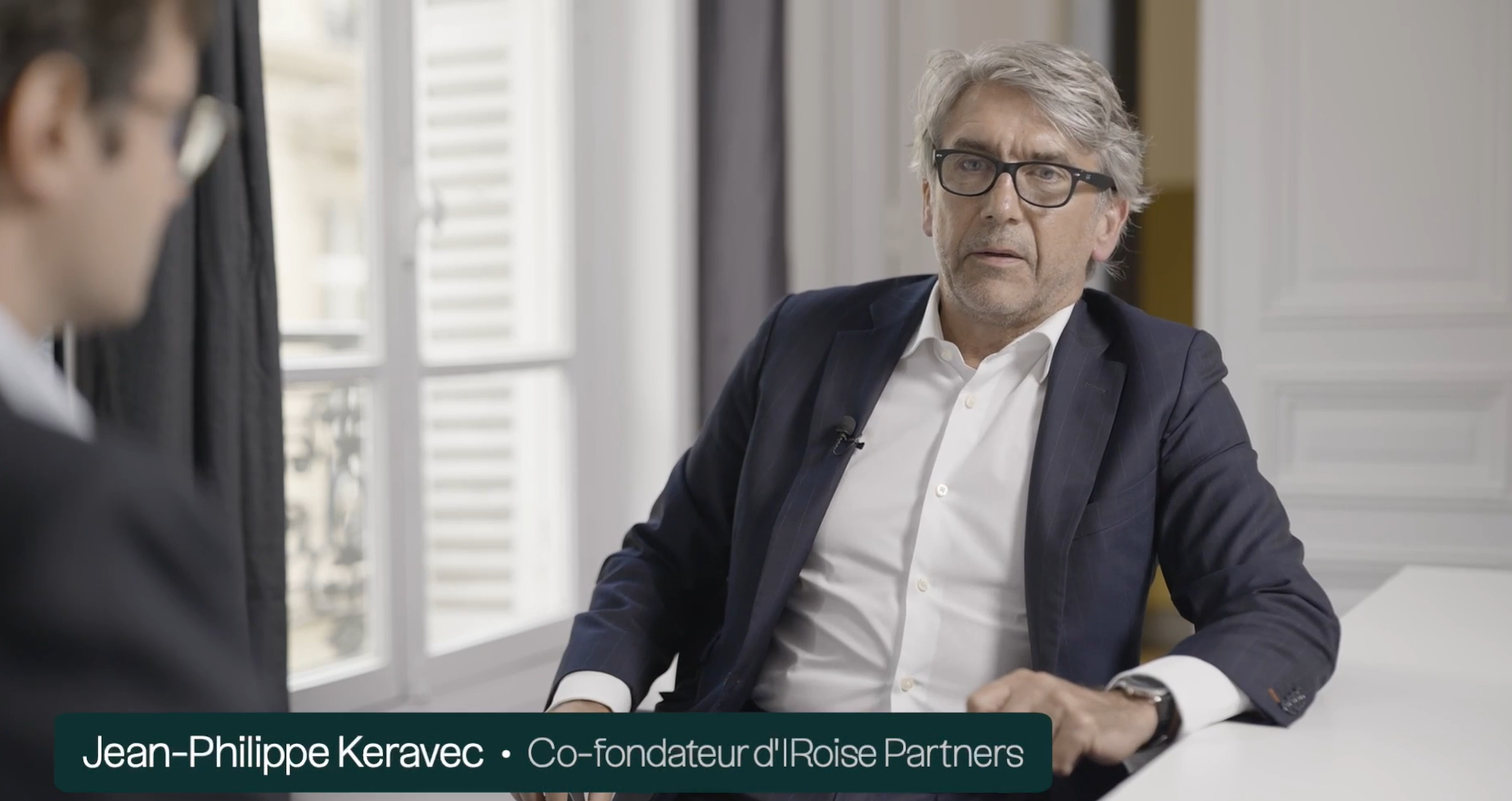

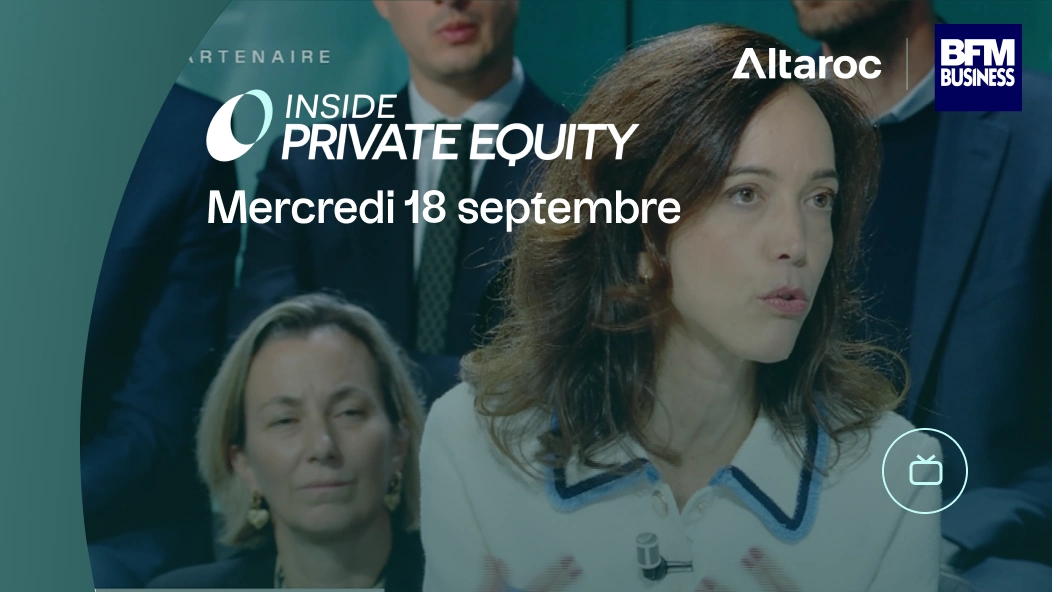
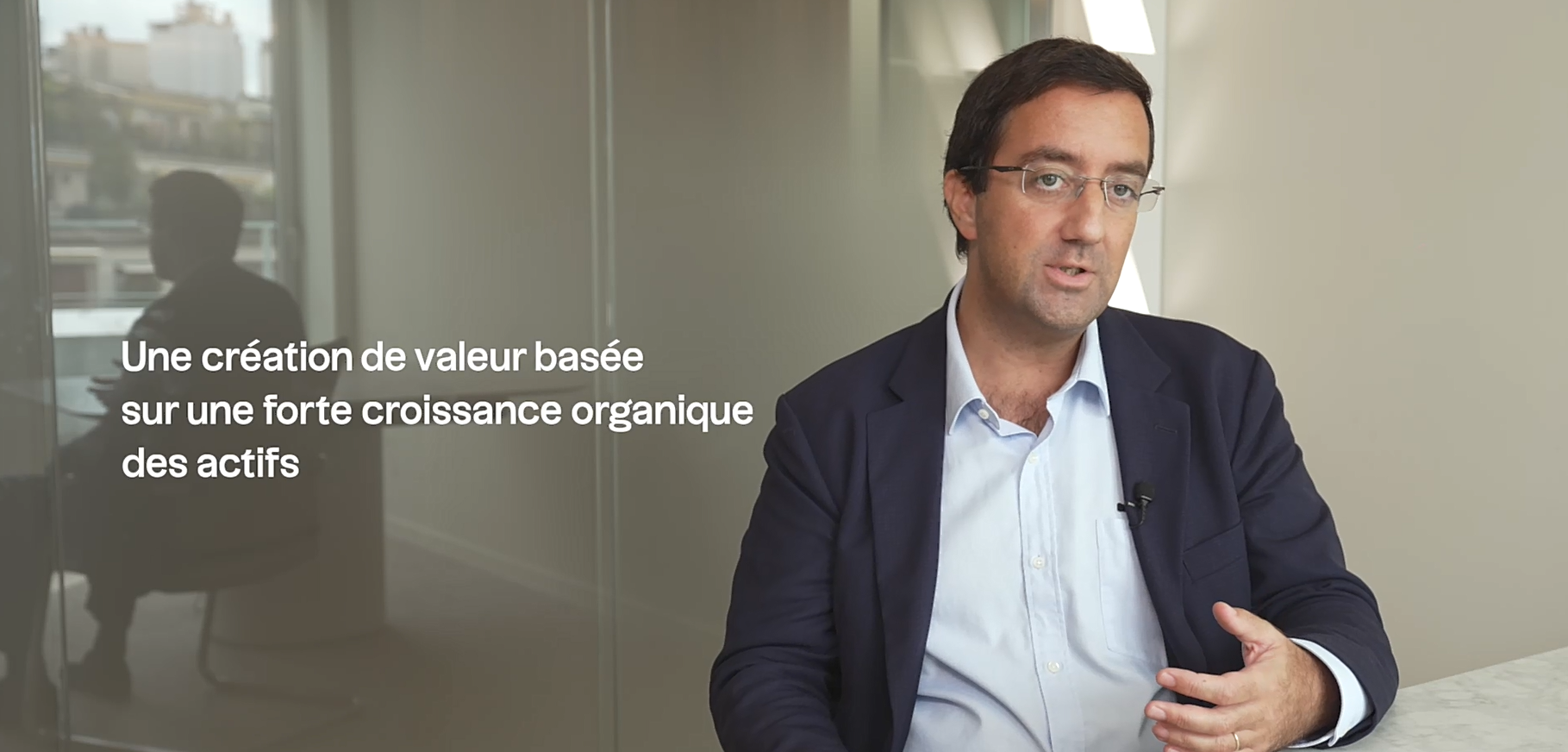

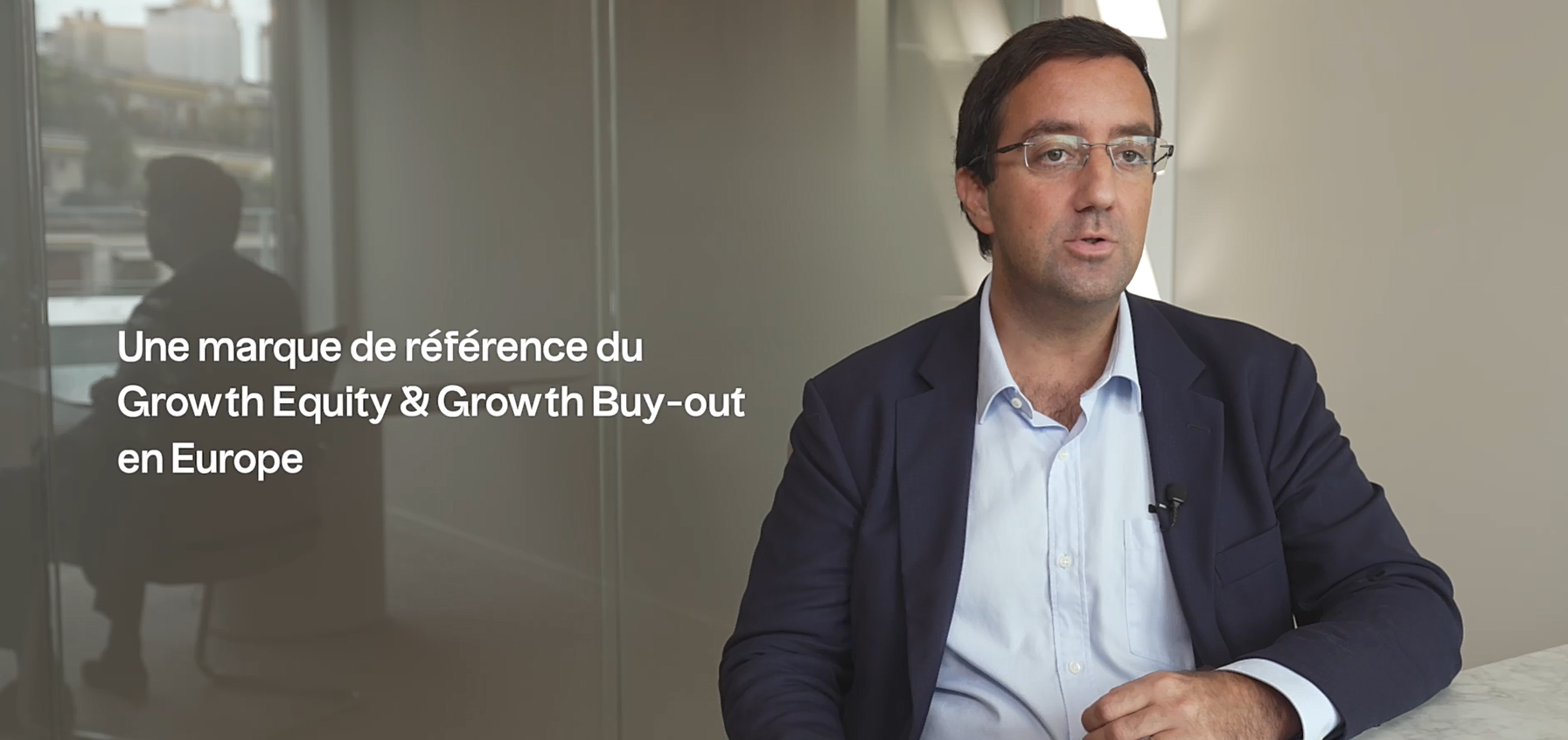
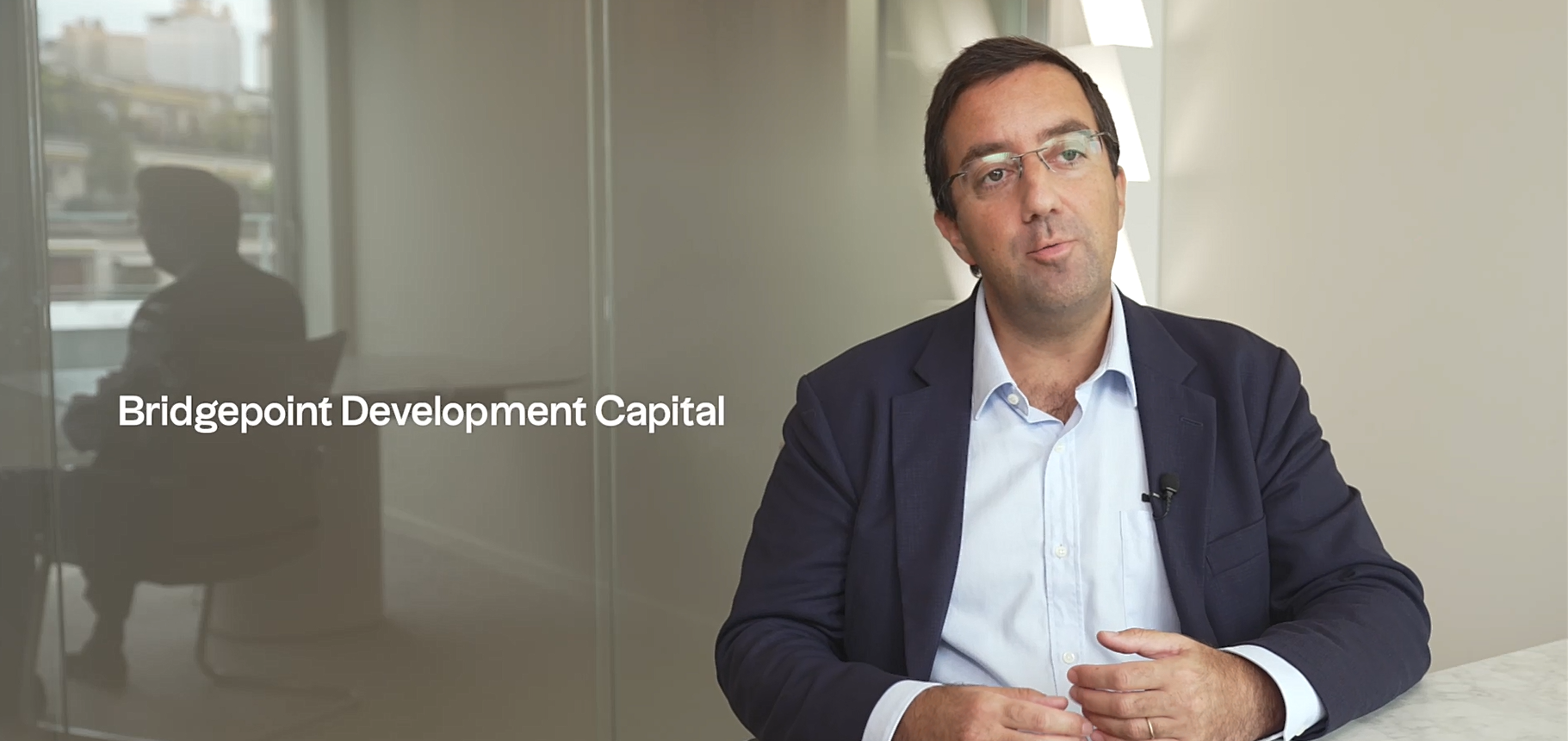
.jpeg)

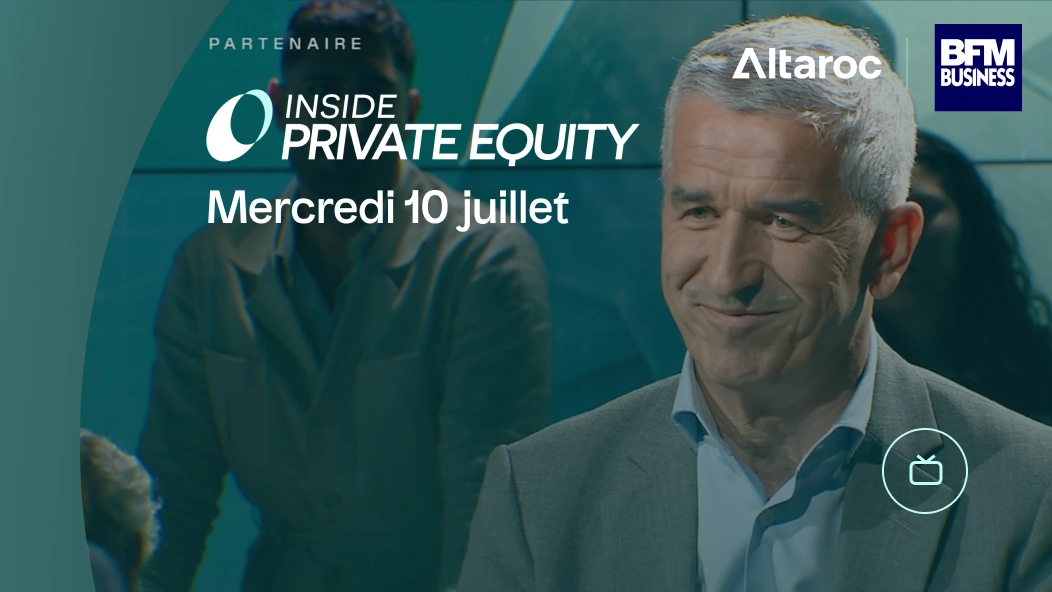
.webp)

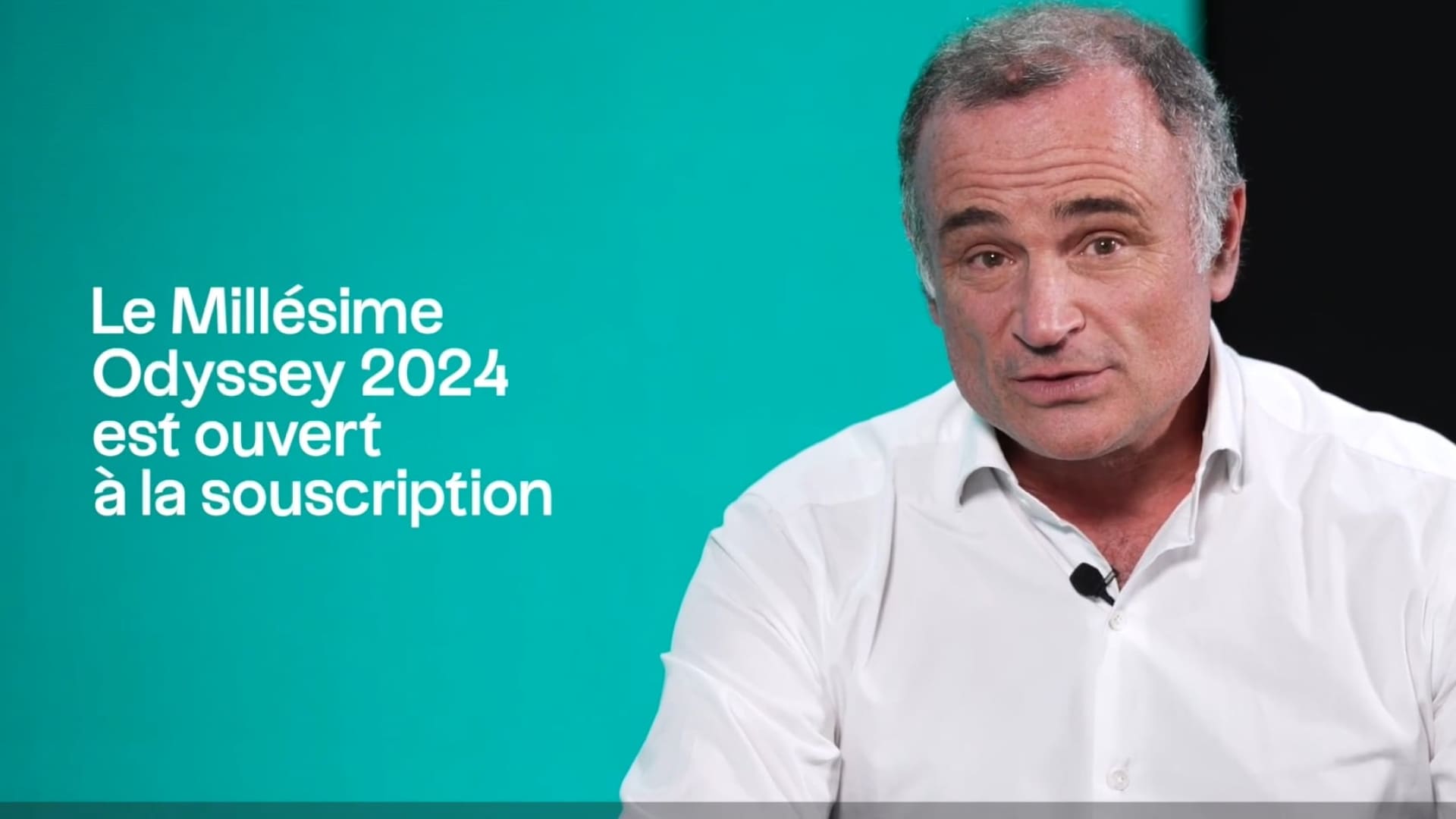



.jpeg)
